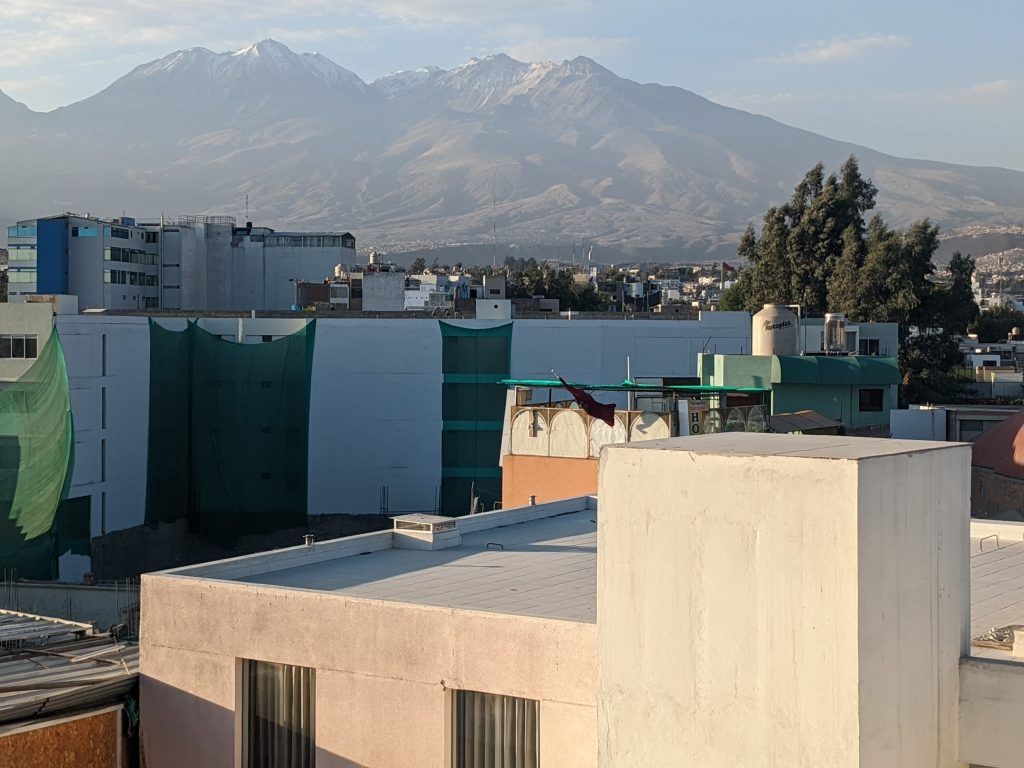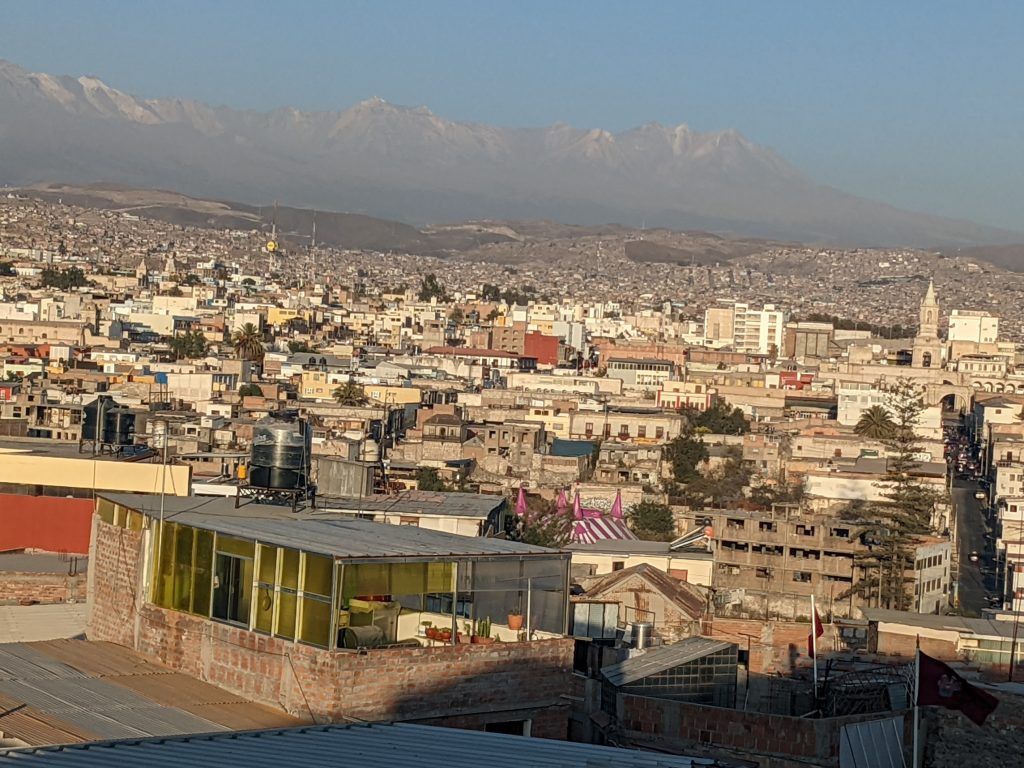Colca Canyon
I had a chance to do a three day trek through the Colca Canyon near Arequipa. With a depth of about 1000 to 2000 meters (3300 to 6600 feet) it is one of the deepest canyons in the world. As a point of comparison the Grand Canyon’s largest depth is 1857 meters or 6,093 feet.
One of the coolest parts of the trek is being able to see Andean Condors. They typically live about 60–70 years, and have a wingspan of about 2.1 to 2.7 metres (7 to 9 feet).
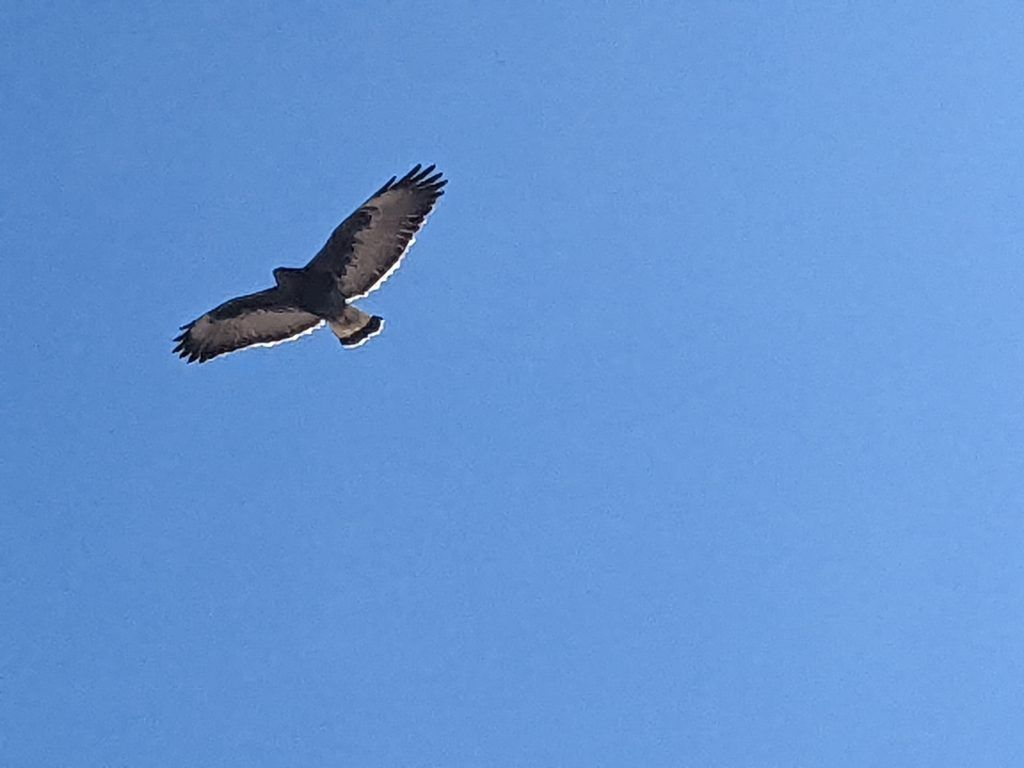
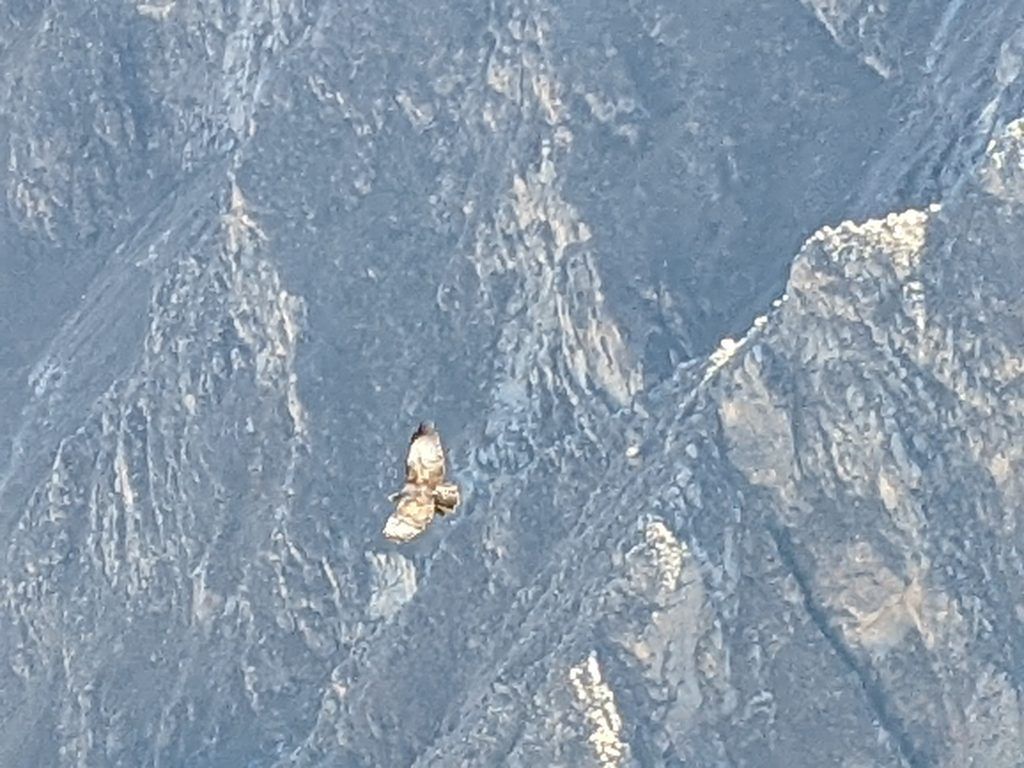
The first day I was picked up from my apartment at 3:30am and we drove 3 hours to the town of Chivay, where we had breakfast. From there we went to a condor lookout point and then headed to the base of the canyon trail to start our descent. It was incredibly steep, dropping over 1,000 meters (3,300) on a 4km trail. By the end my knees, quads and the front of my feet were incredibly sore. The further 2km walk to our hotel in the San Juan de Chuccho Valley was pretty painful, even if it was mostly flat. I was with a guide, two German college students from near Frankfurt, and two German and Swiss students from a university near Nuremberg. There were other groups all around us throughout the trip.
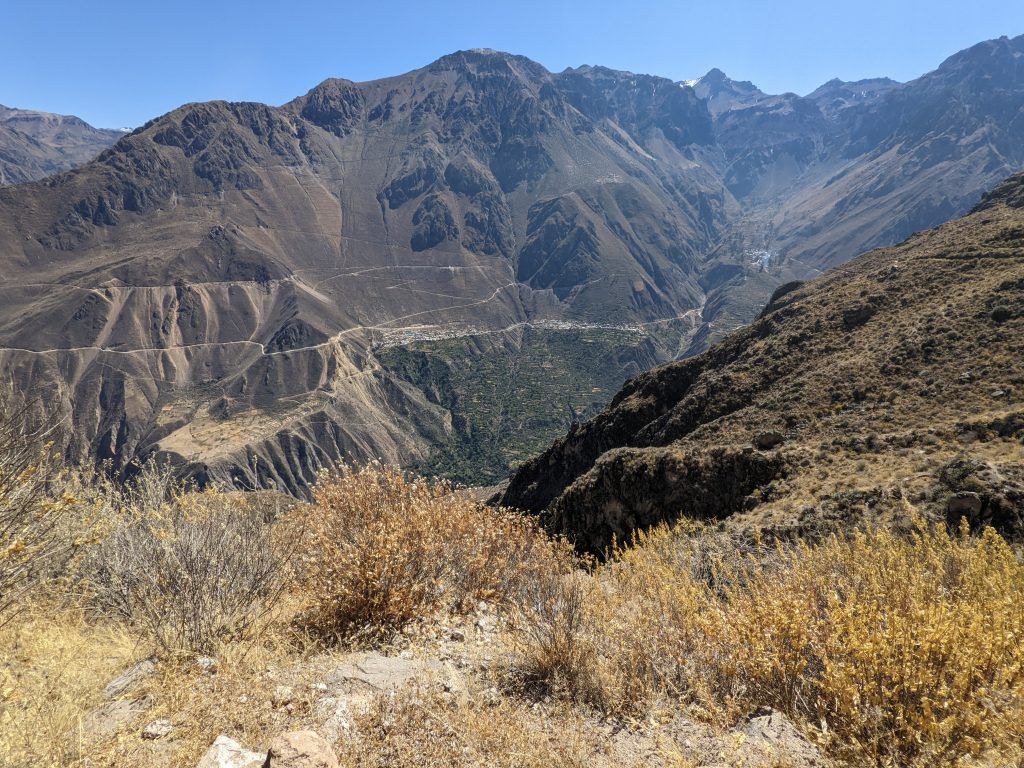
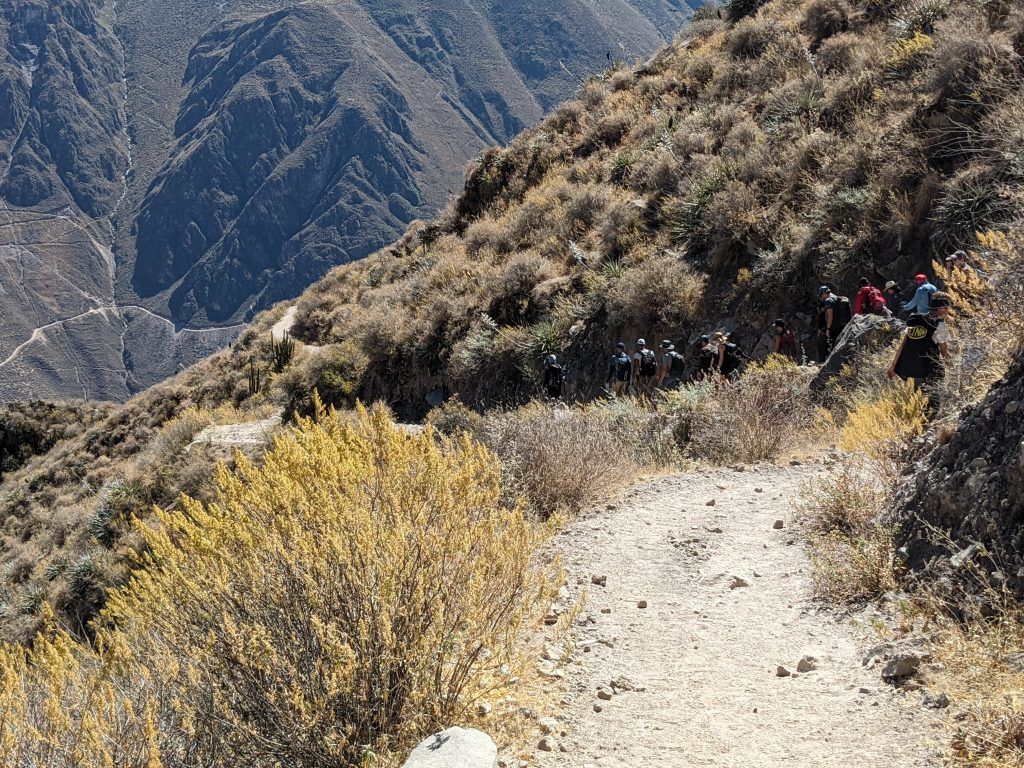
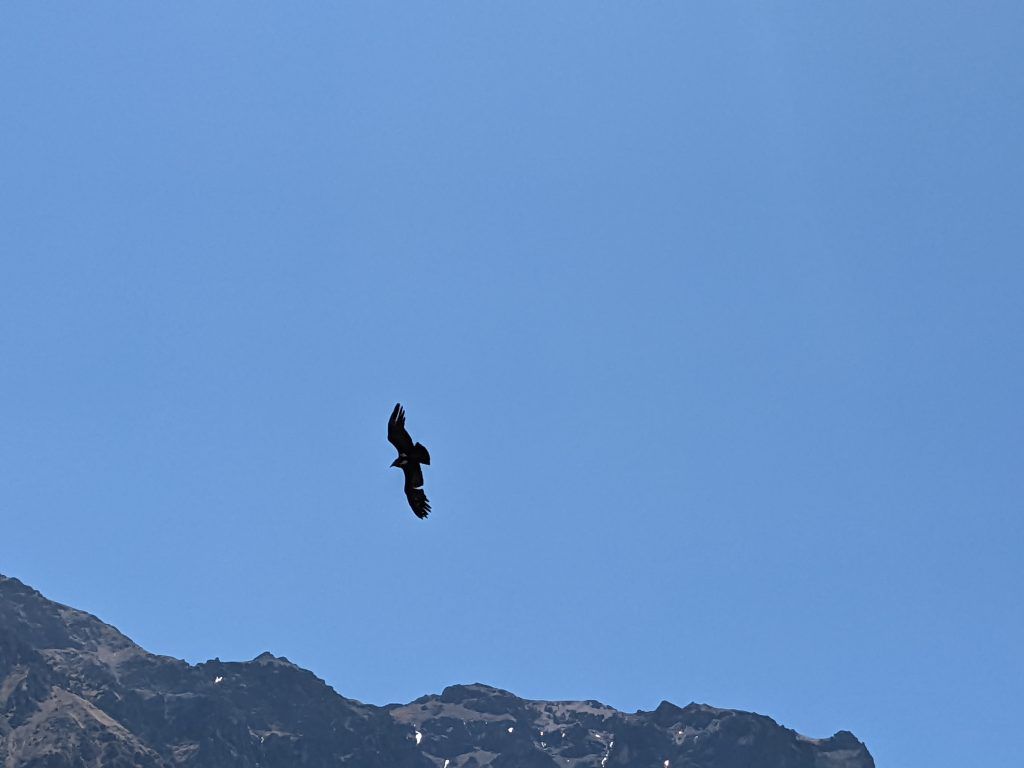
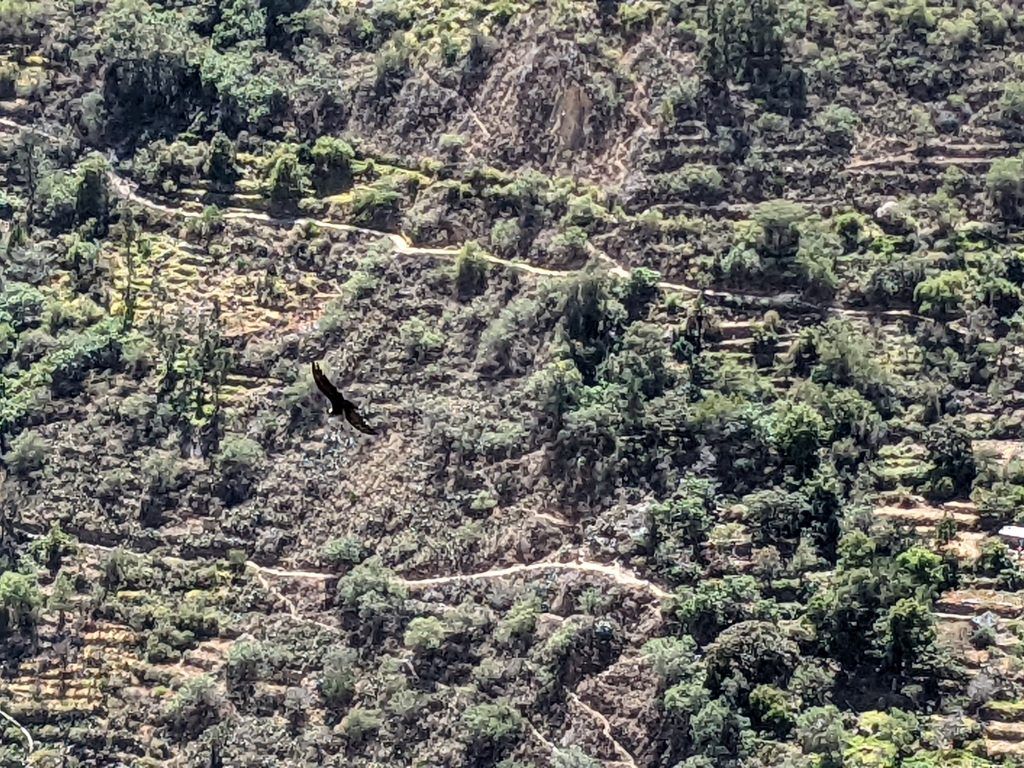
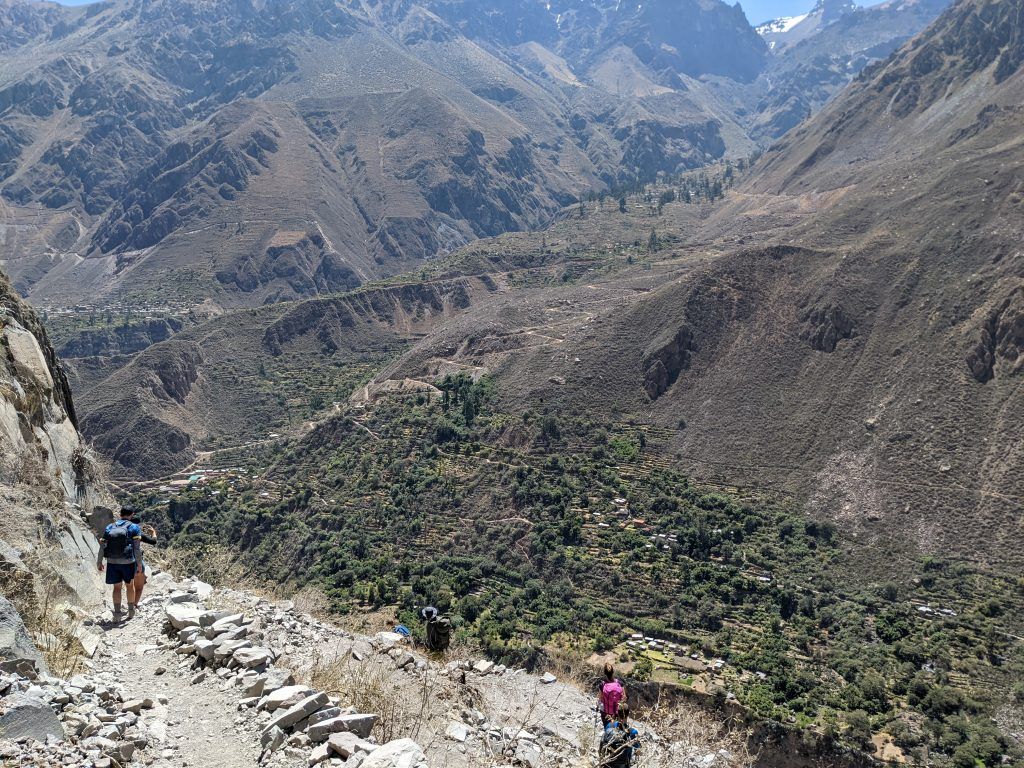
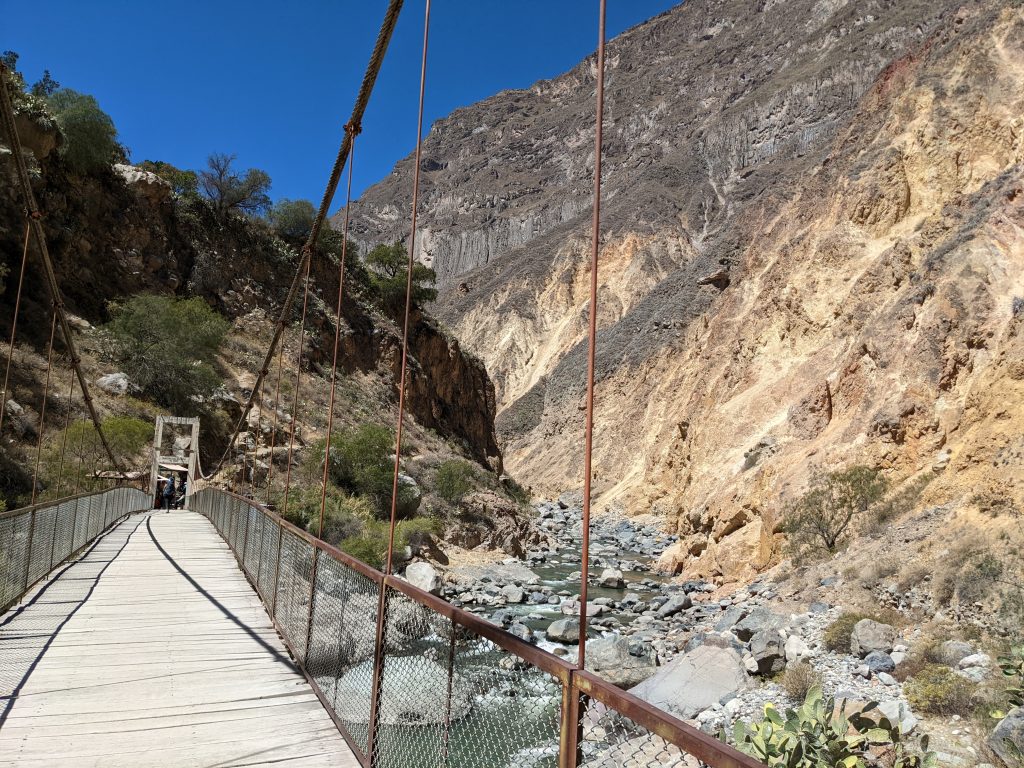
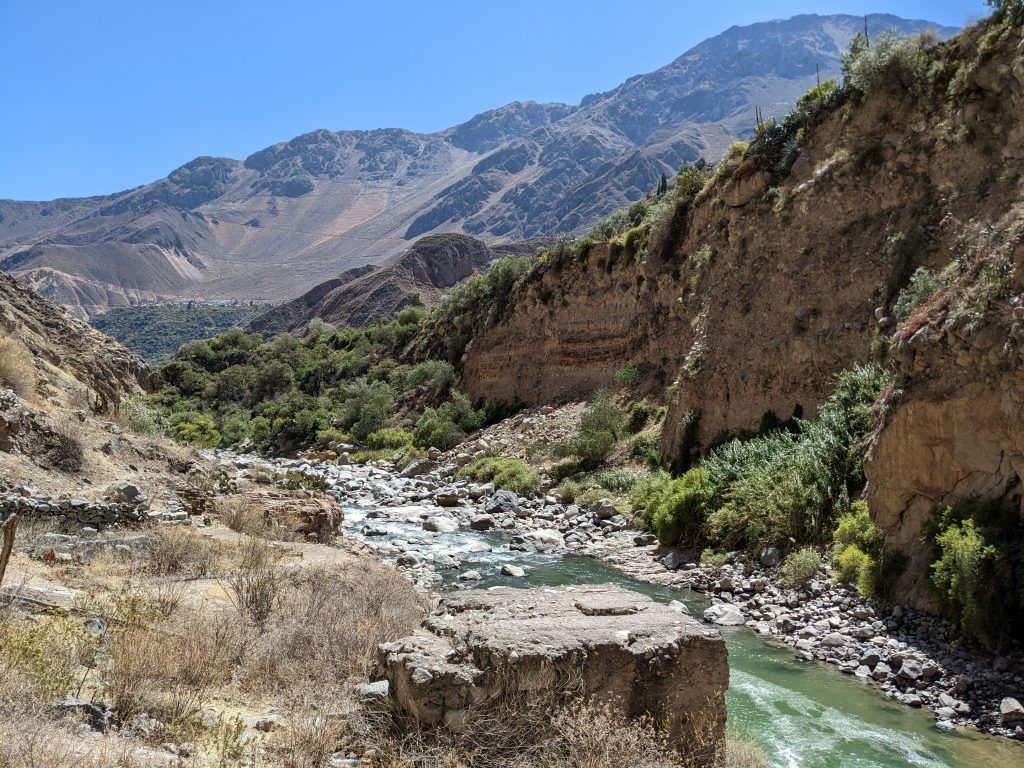
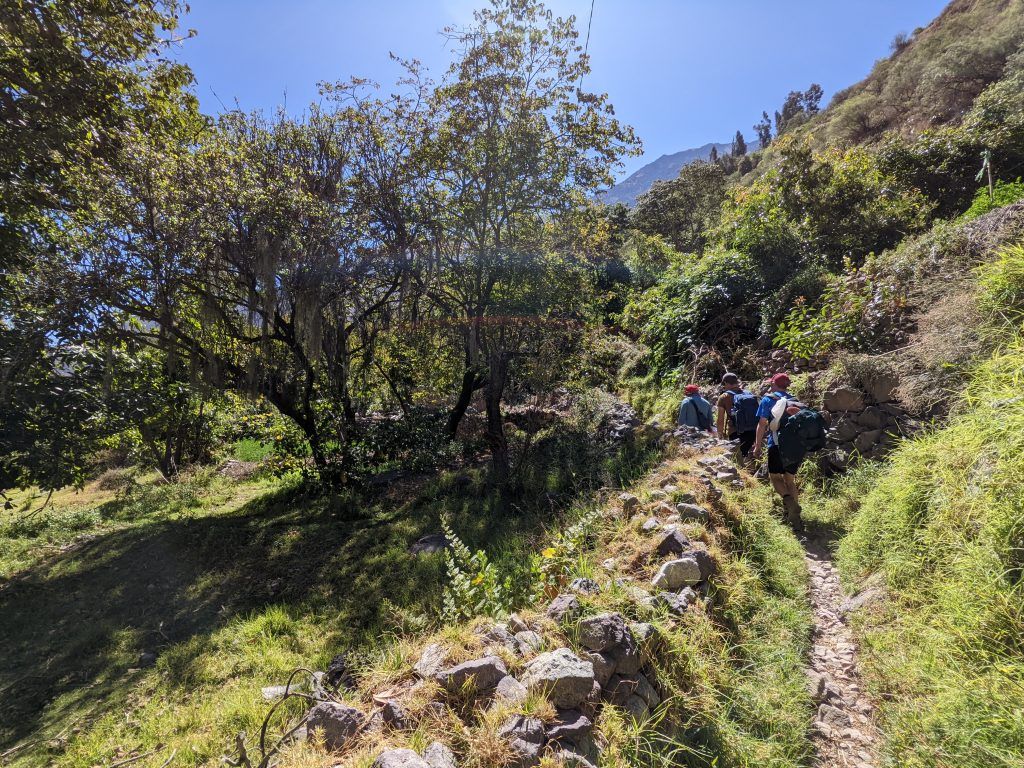
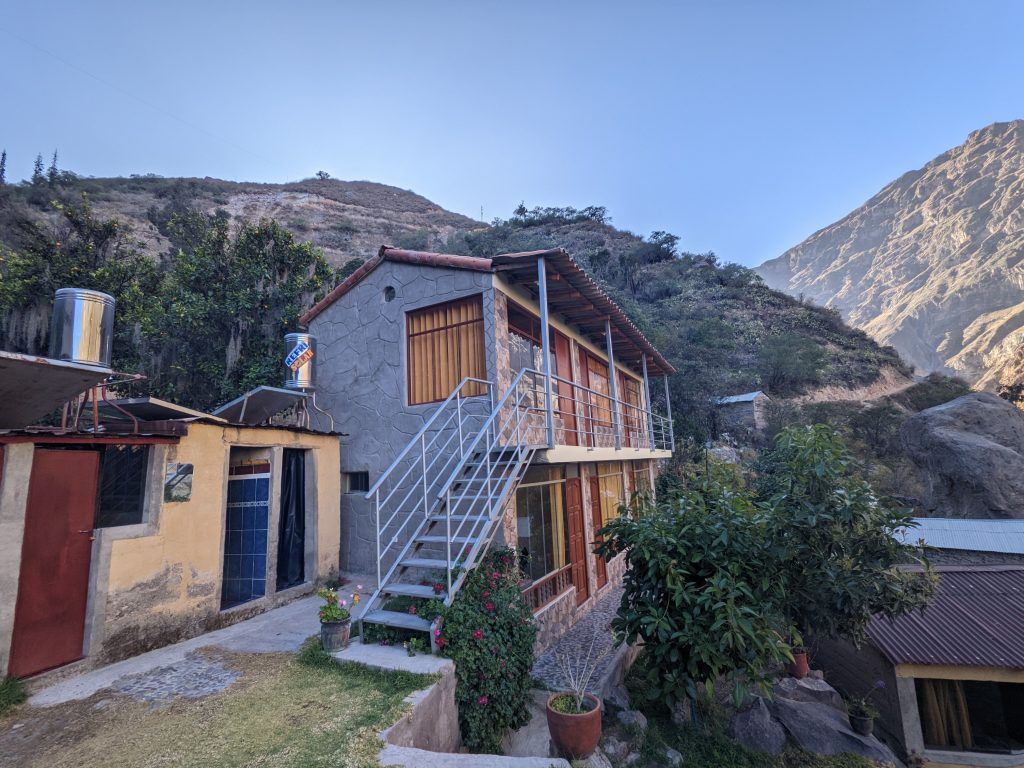
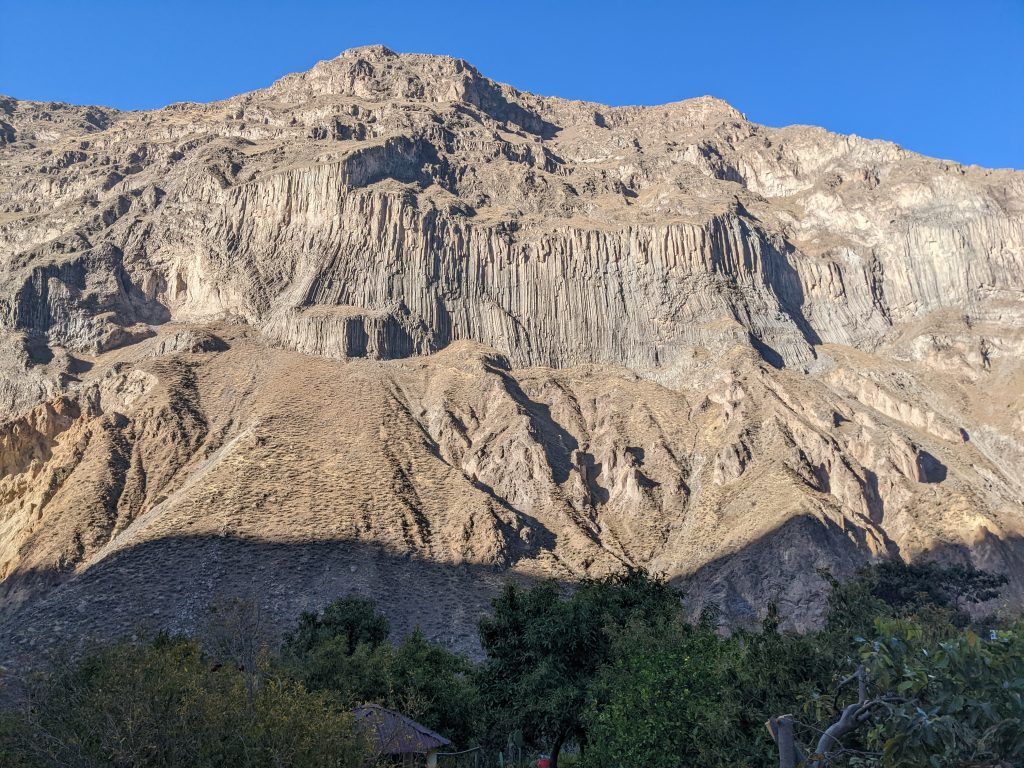
For the second day we had a relatively flat 7km walk from the hotel to the Sangalle Oasis. We got there in time for lunch and spent the rest of the afternoon relaxing by the pool. I had my feet in the pool for over an hour and it felt great!
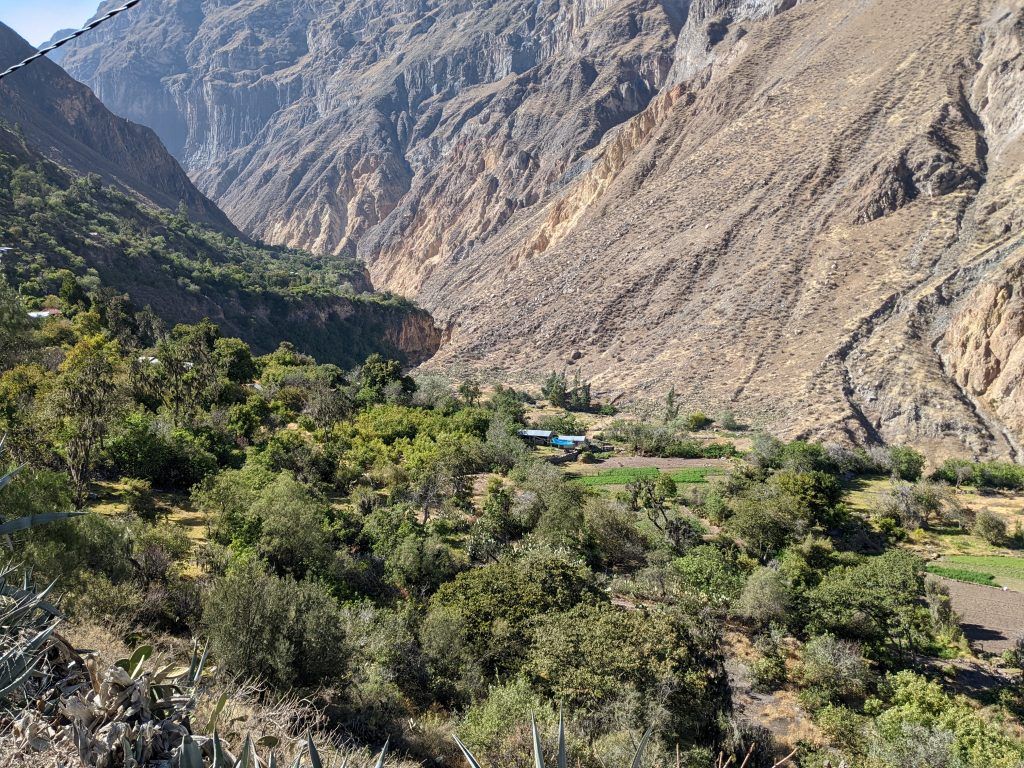
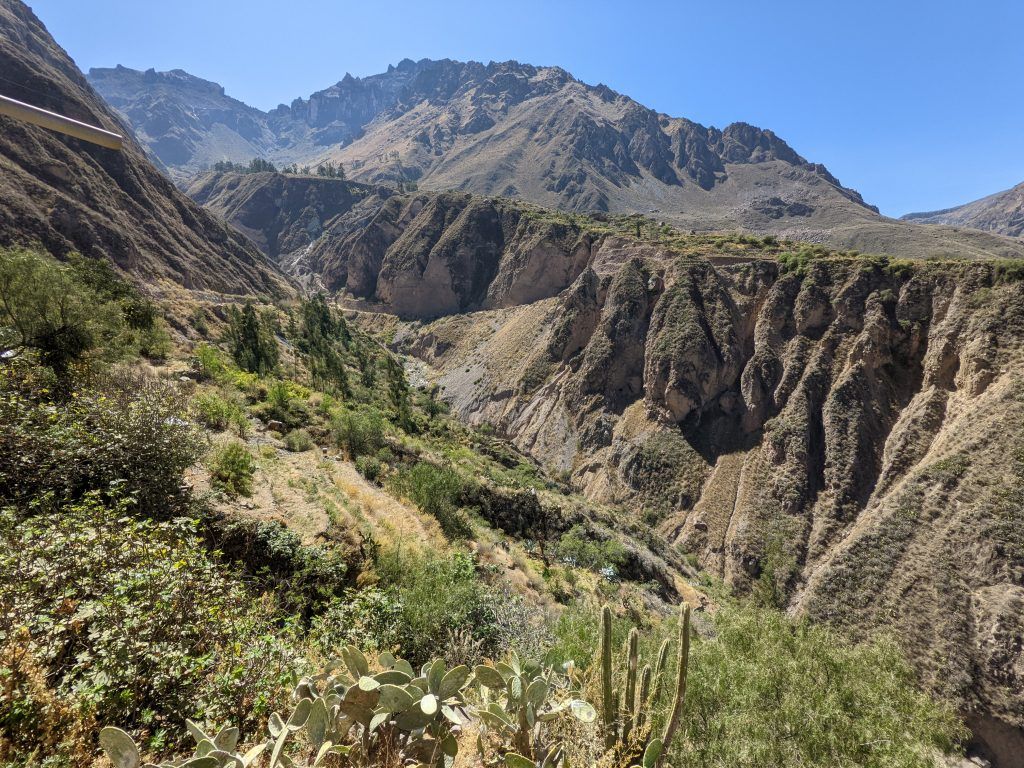
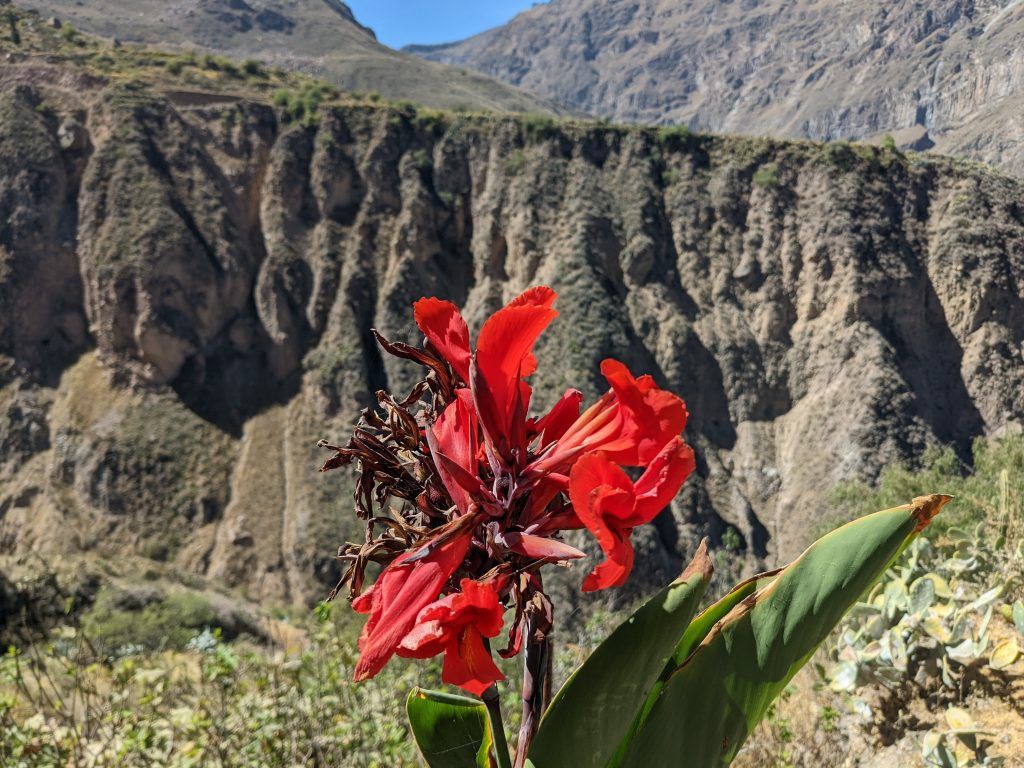
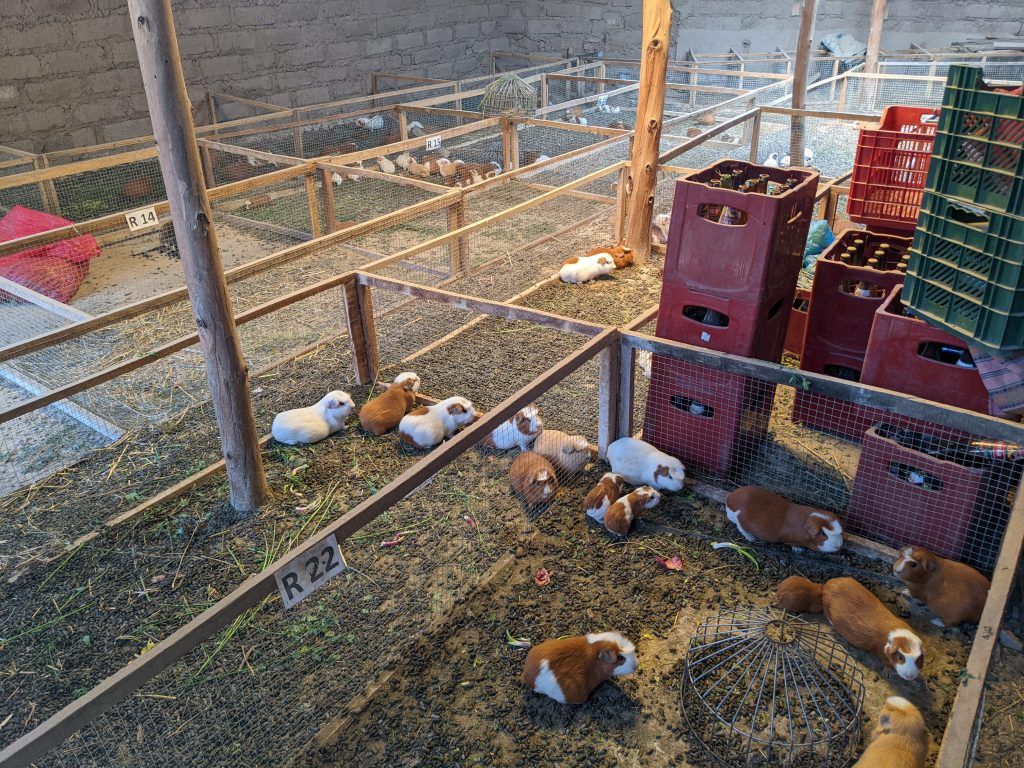
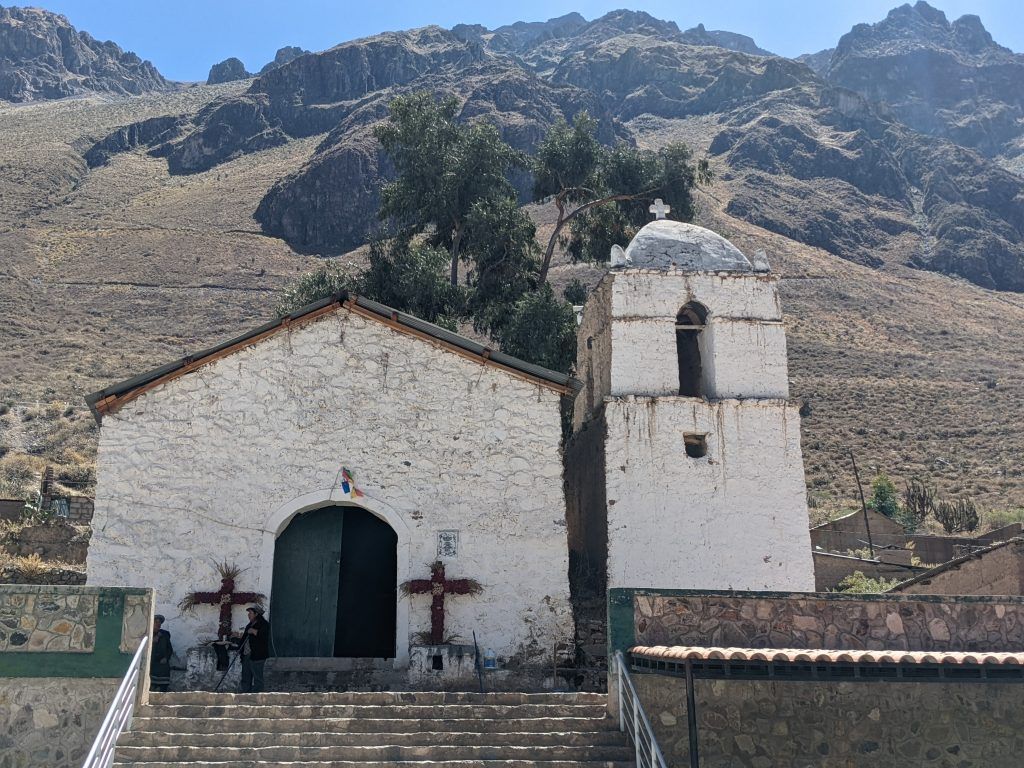
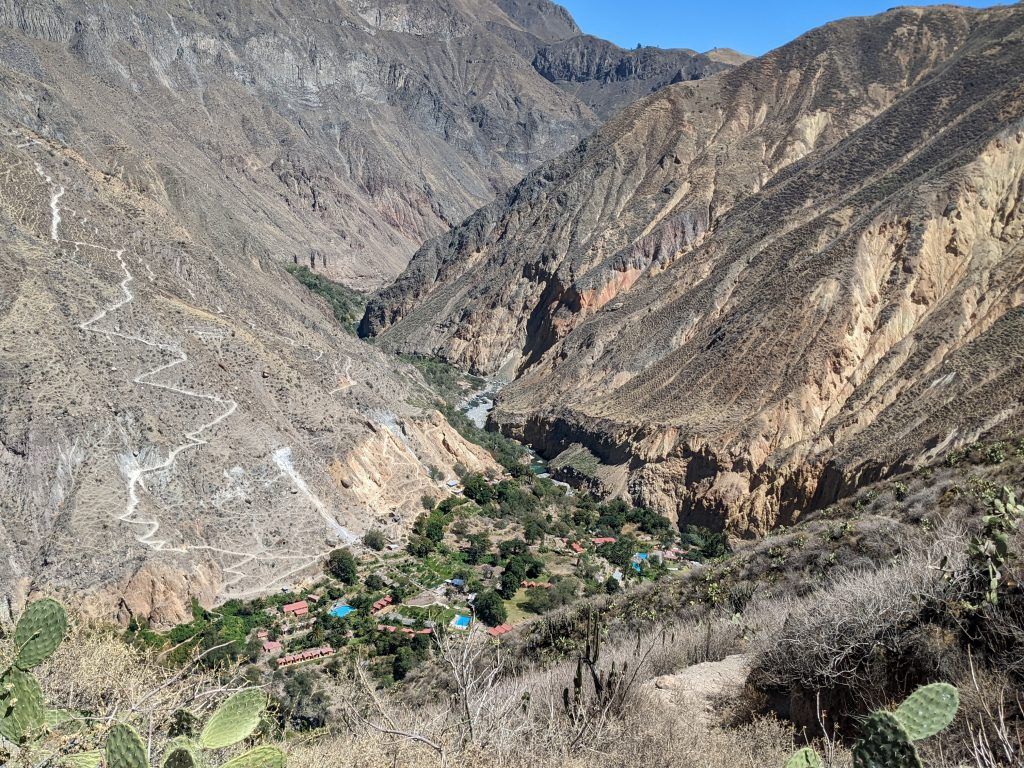
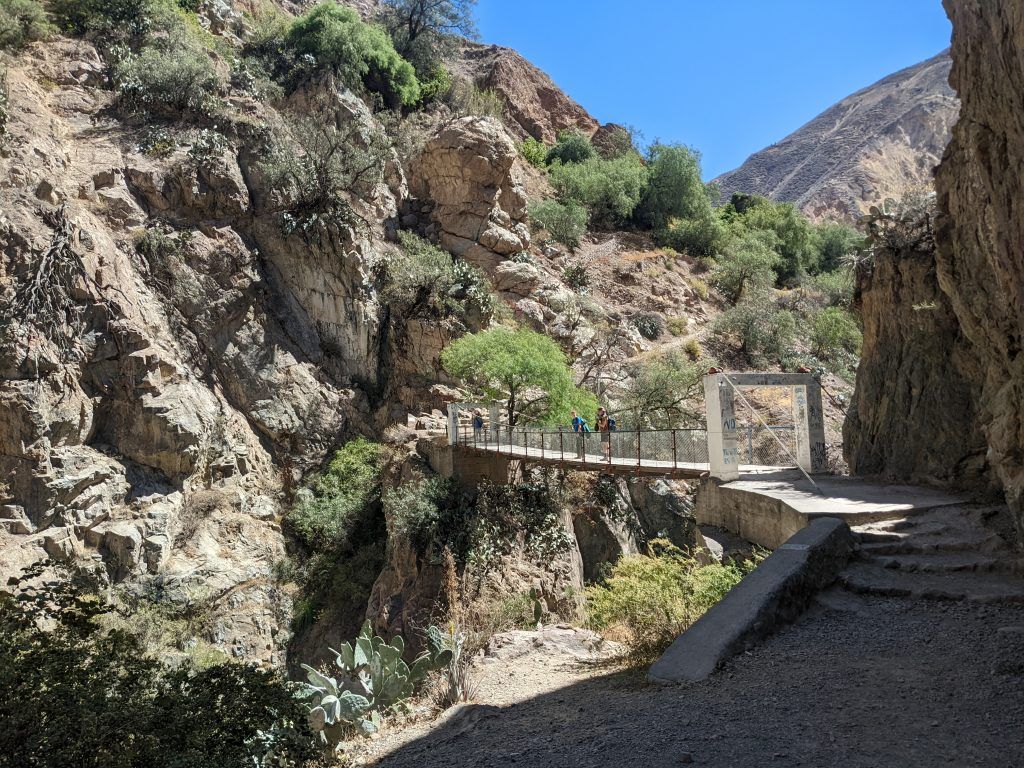
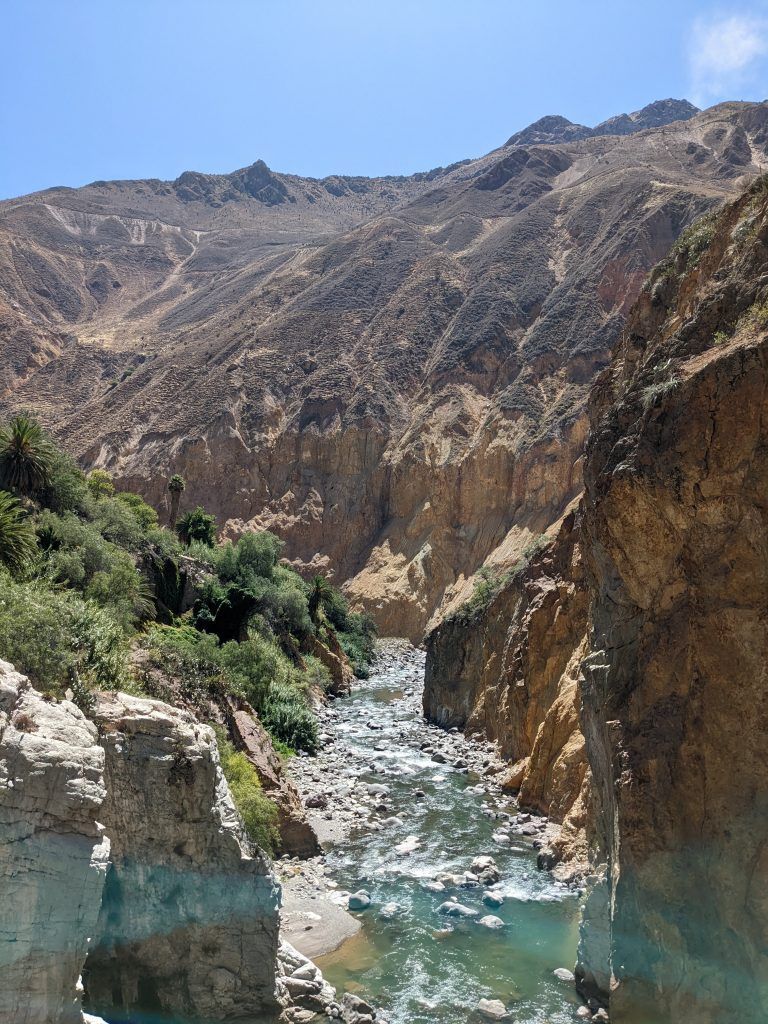
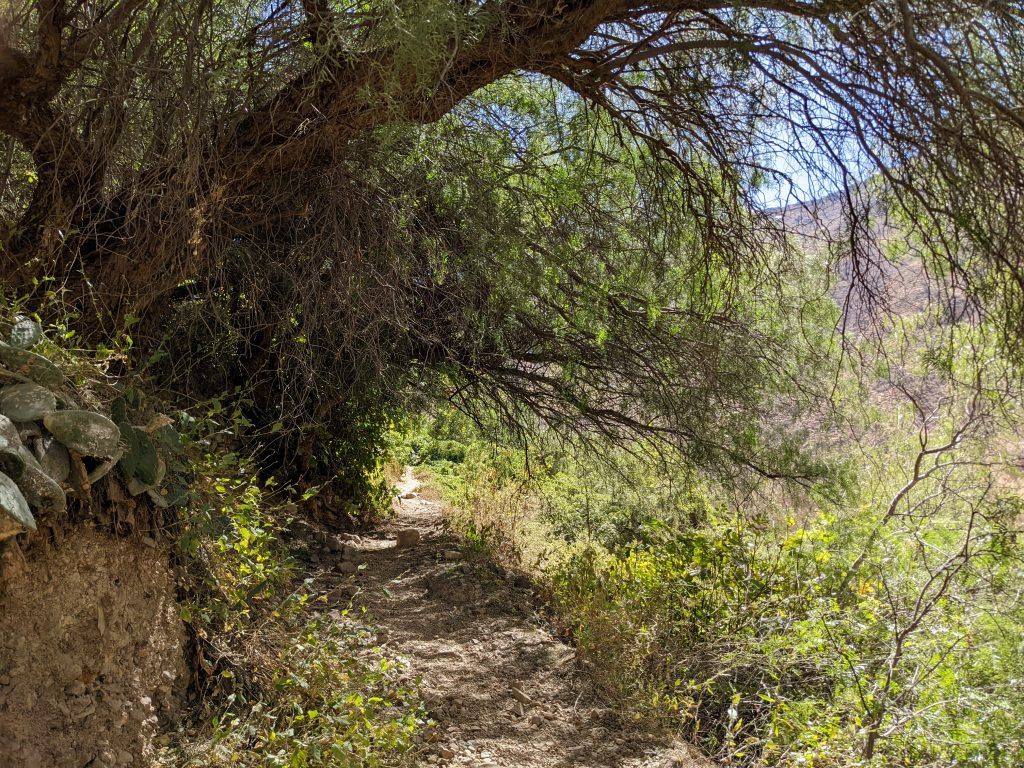
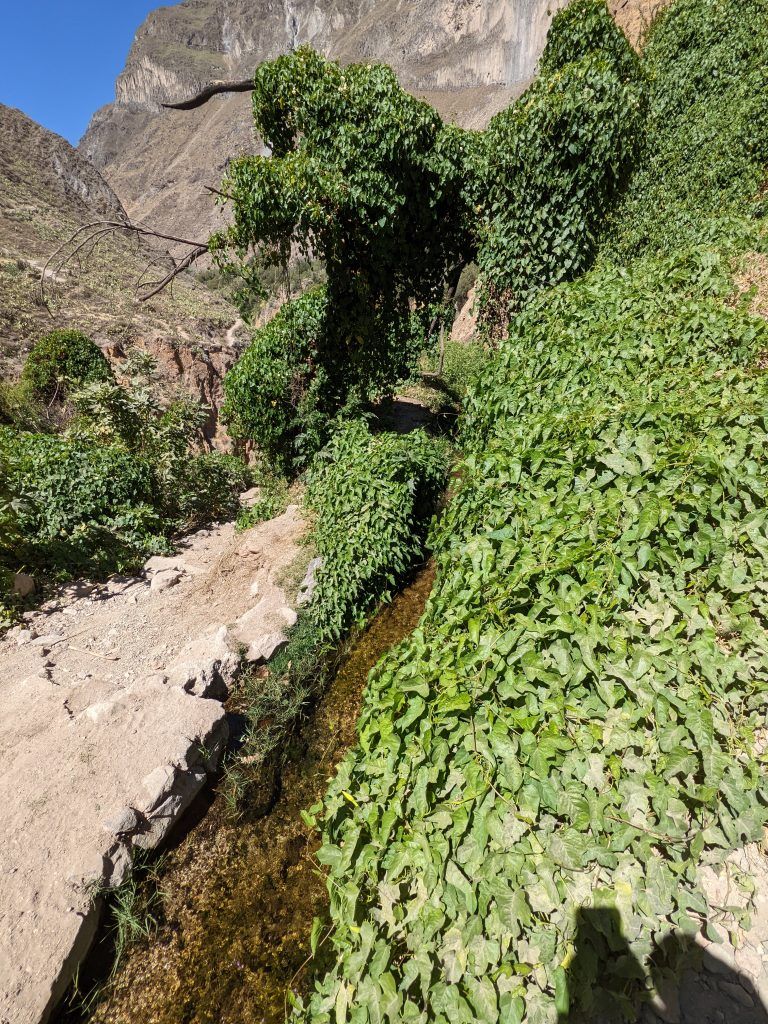
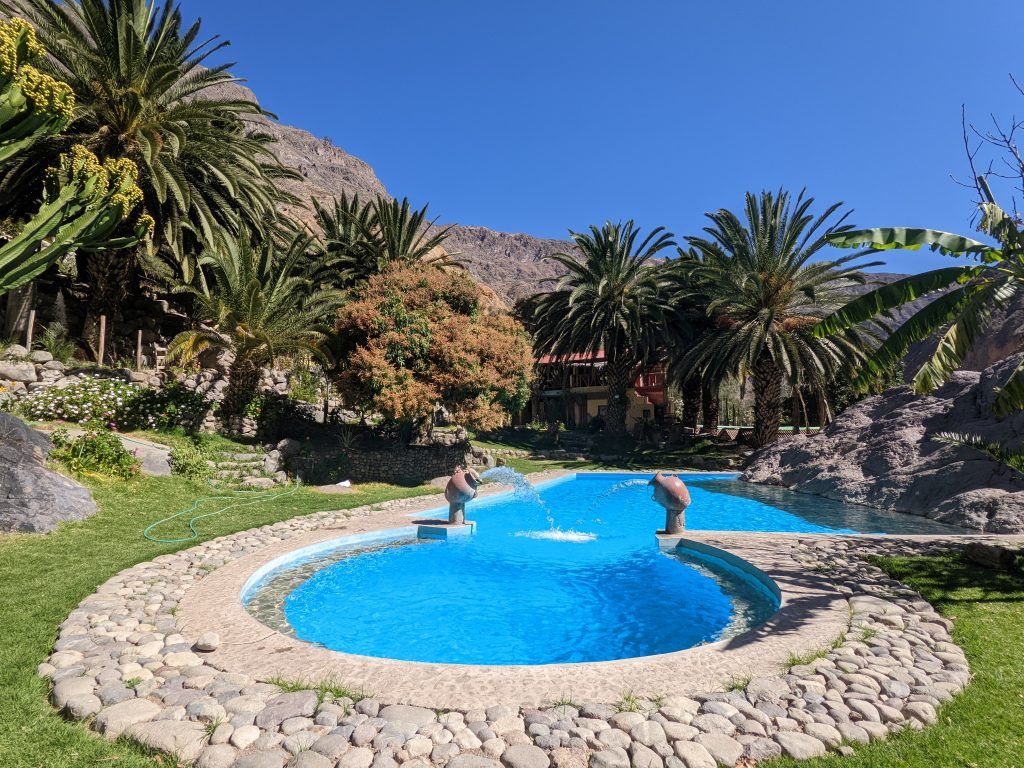
The third day we started back up the canyon in the dark at 4:30am to beat the heat. The ascent was also over 1,000 meters over a different 4km trail. Needless to say, everyone was very happy to make the top and then head to breakfast at a nearby town. Overall, it was a good trip, but because of how dry everything was, it was probably the least scenic of all the treks or hikes I’ve done in the Andes.
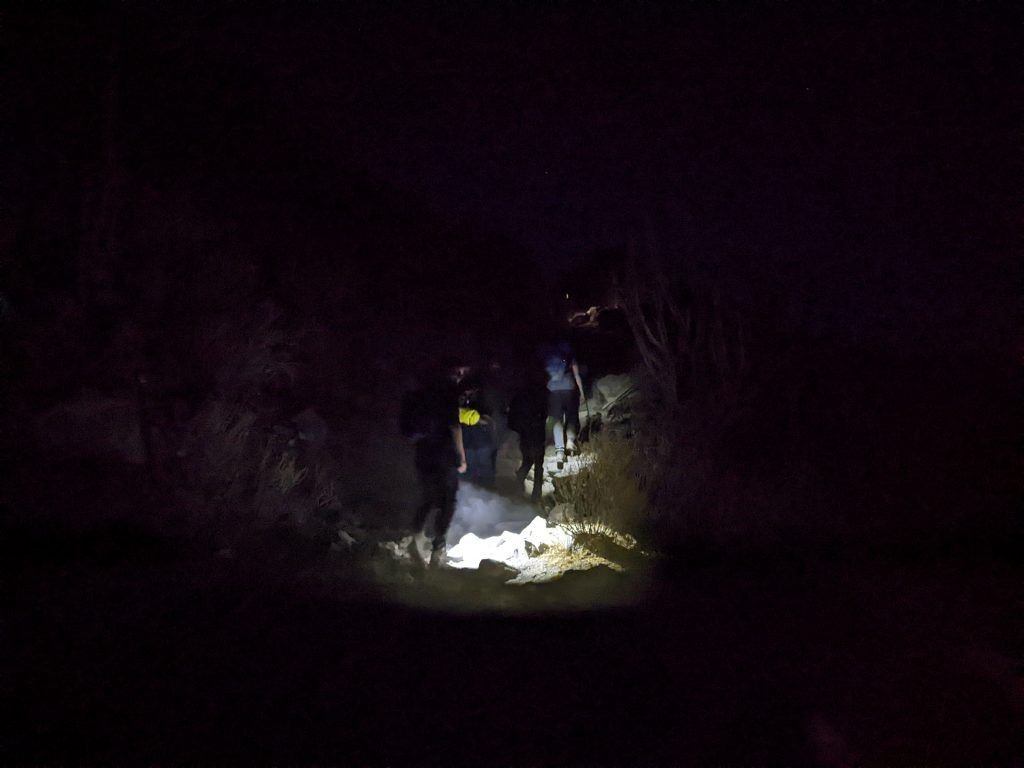
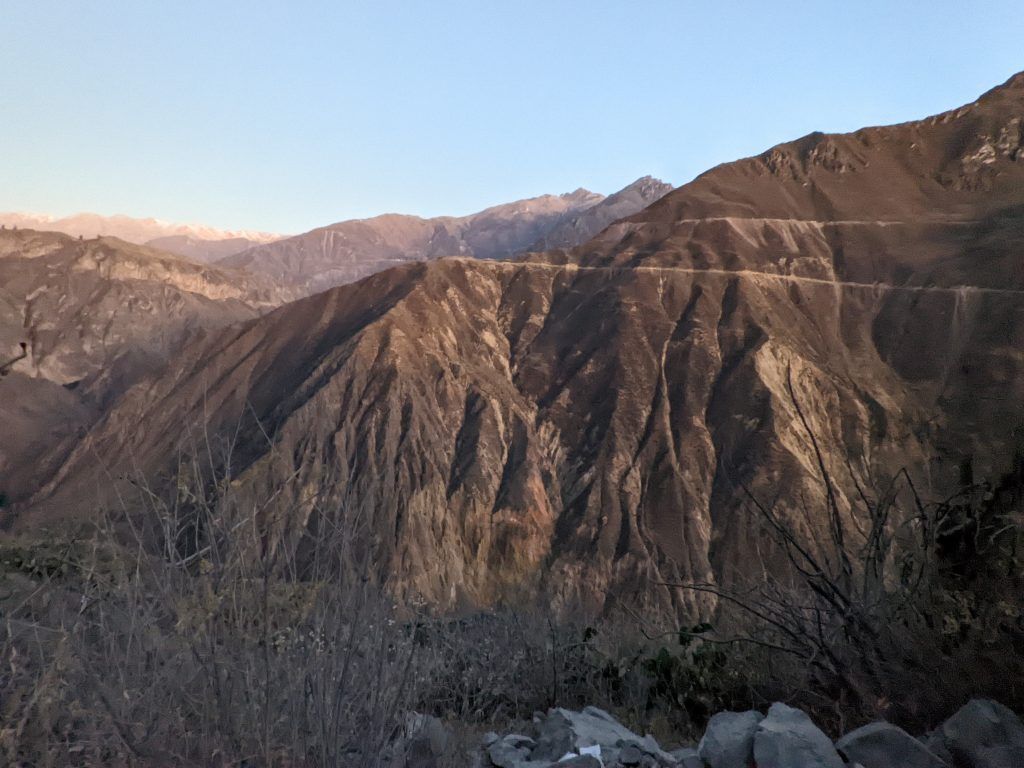
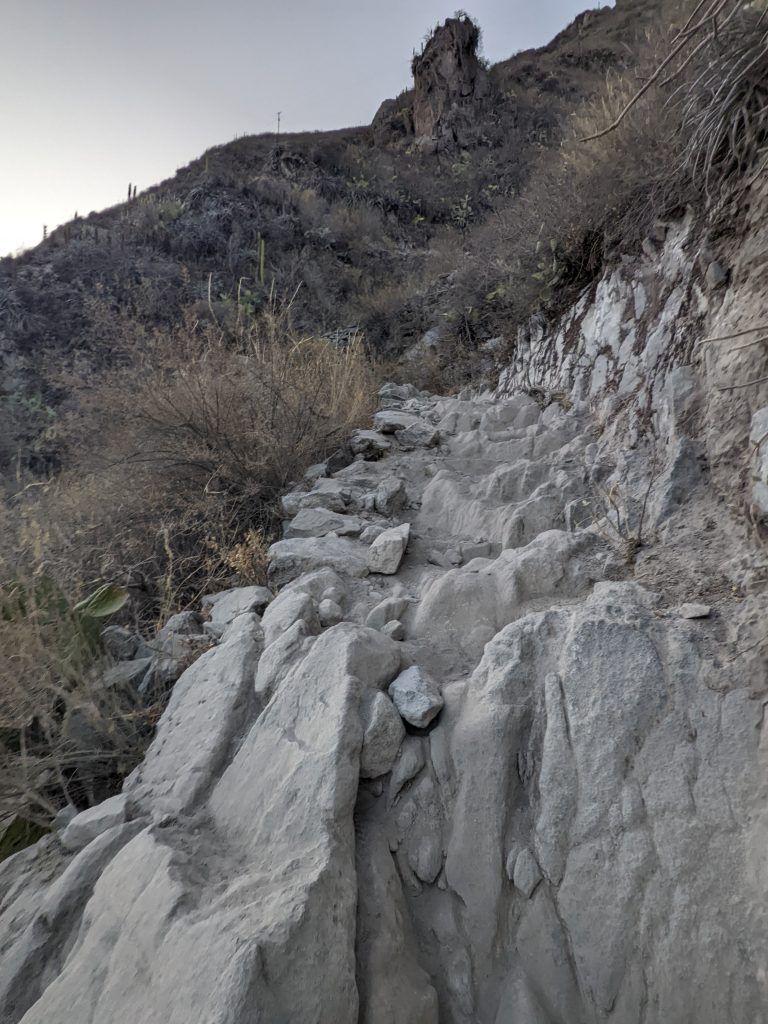
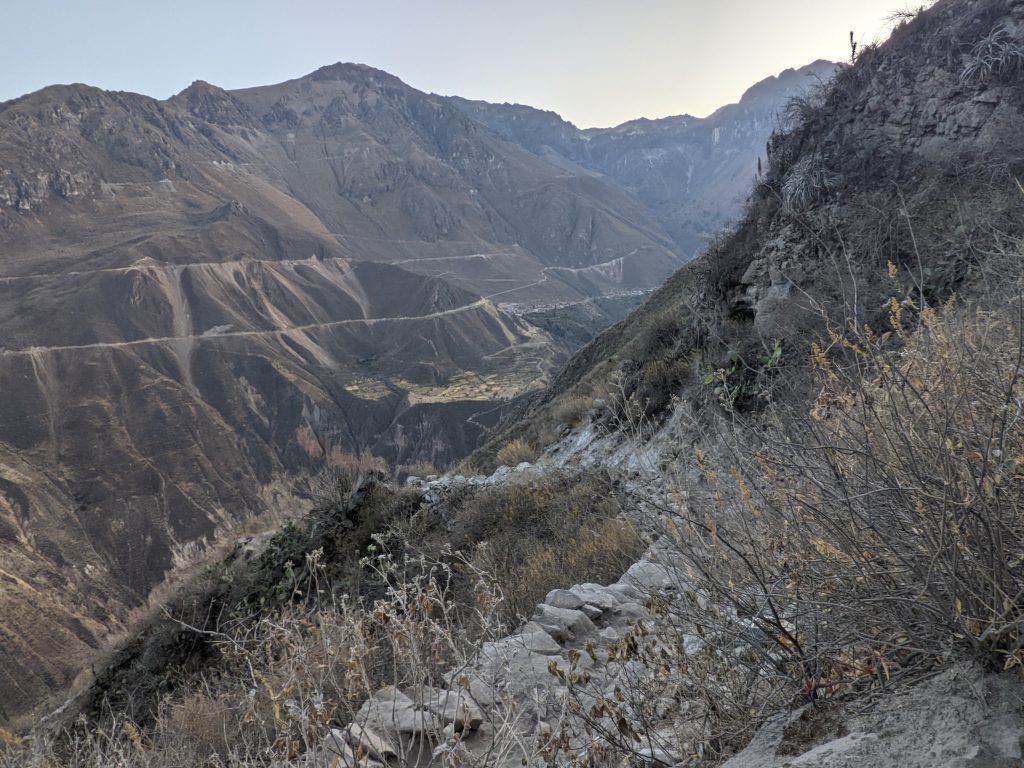
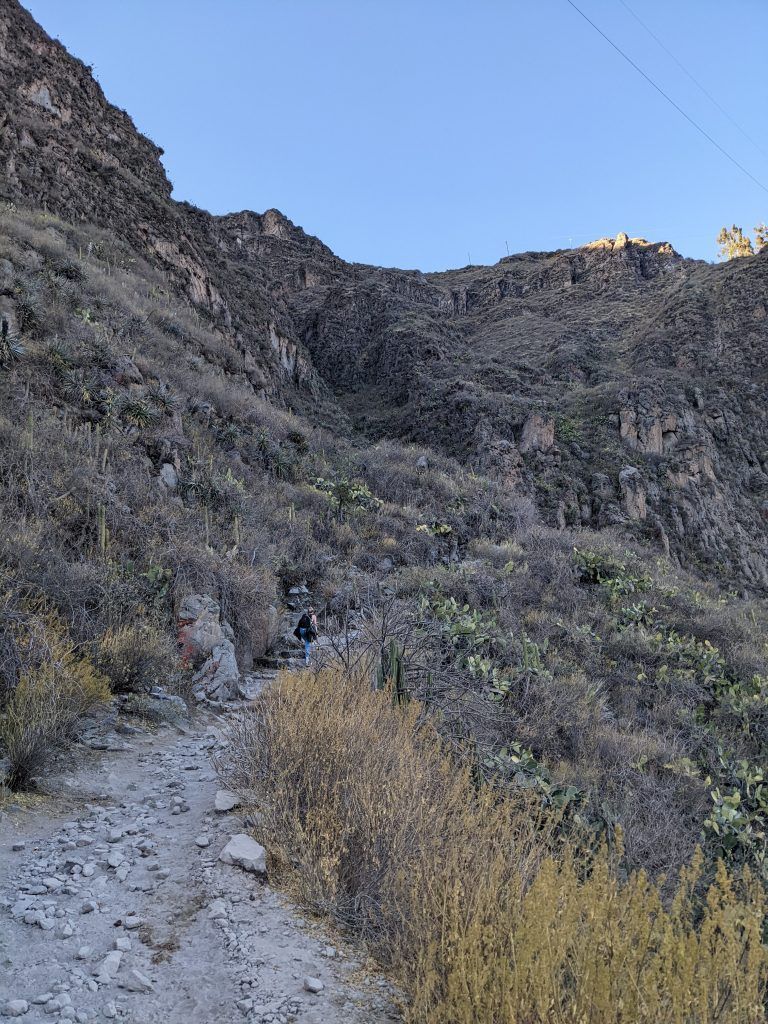
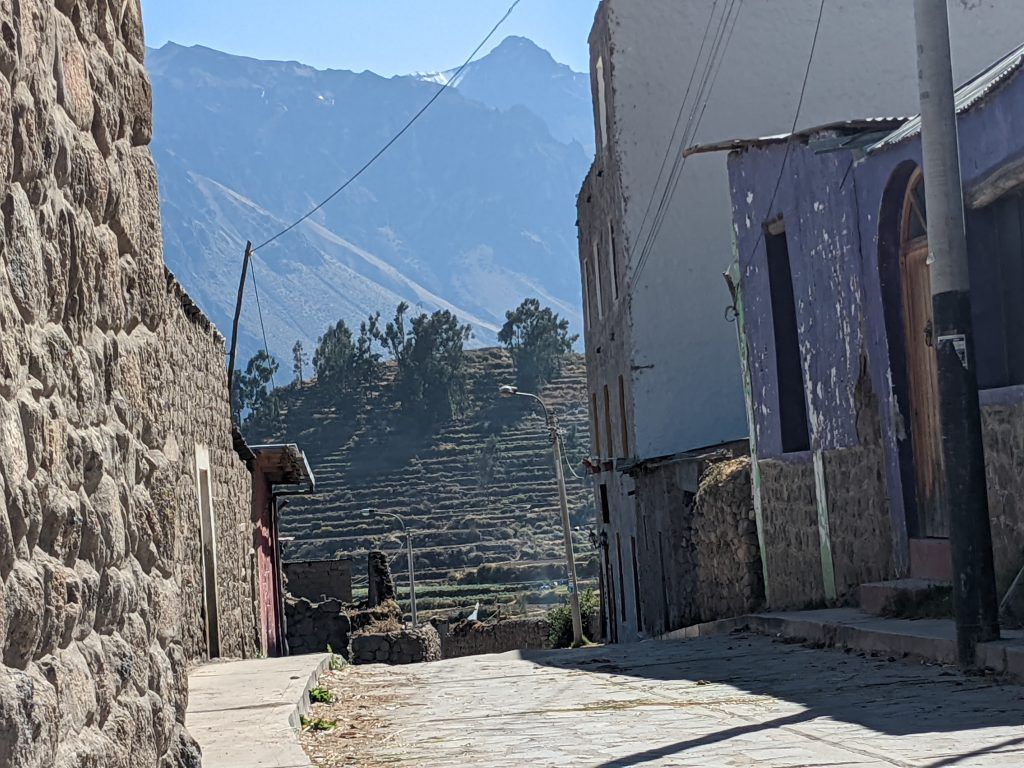
Arequipa
With a population of just over 1 million Arequipa is the second largest city in Peru. And at 2,328 metres (7,638 ft) above sea level it’s another high altitude Andean city. But what makes it special, and gives it it’s moniker as the White City, is that the buildings which line Plaza de Armas and much of the overall colonial architecture are made of a white volcanic rock called sillar. It’s an incredibly pretty city and has much of the same beautiful feel as the “pueblo magico” cities all throughout Mexico.
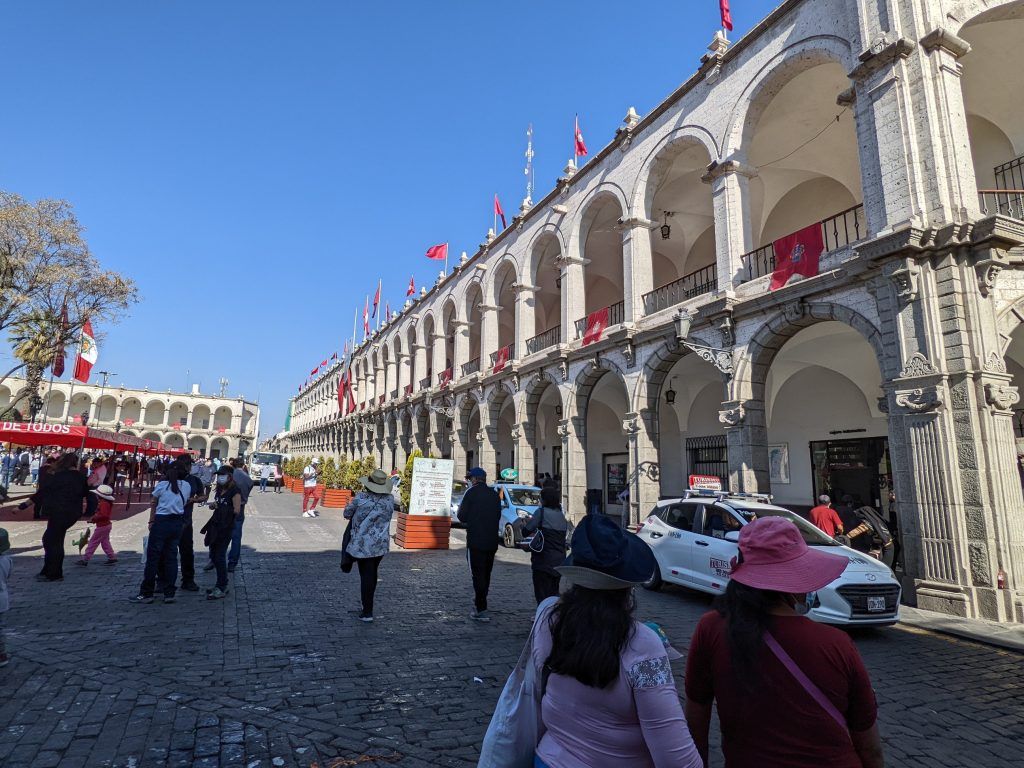
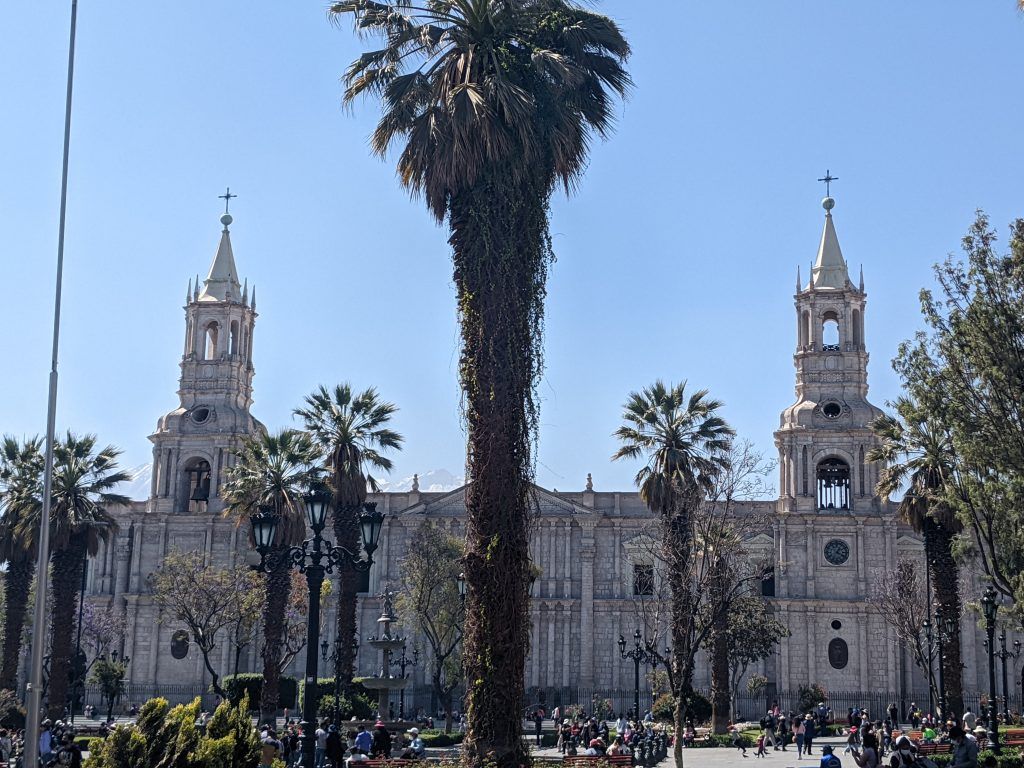
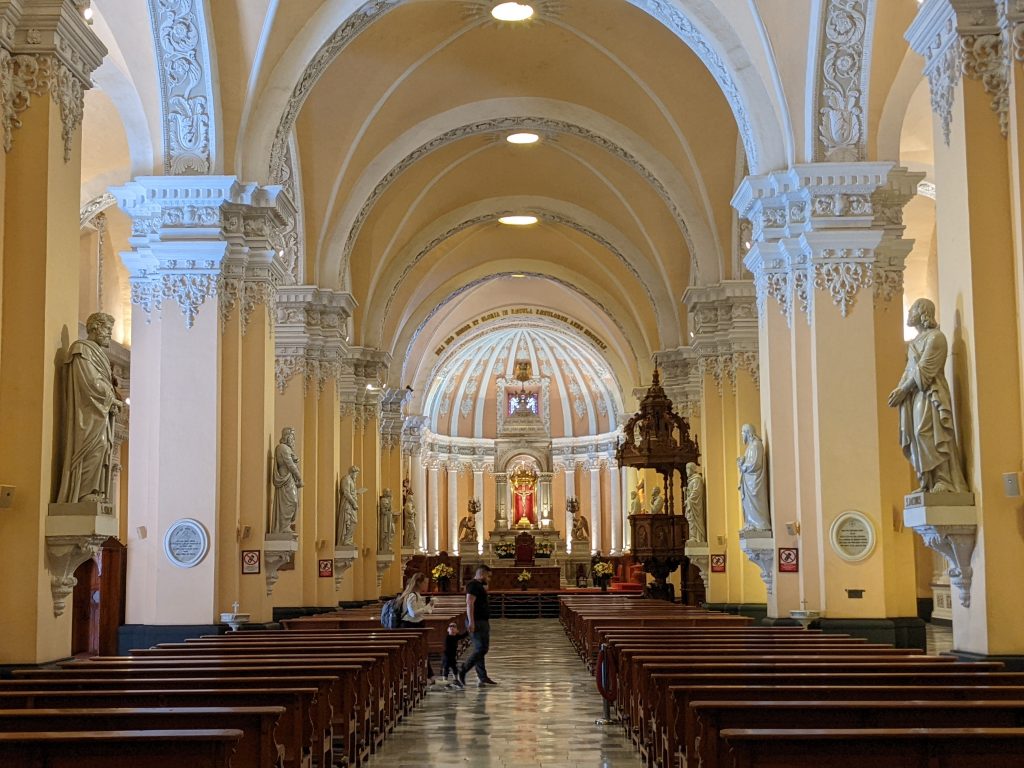
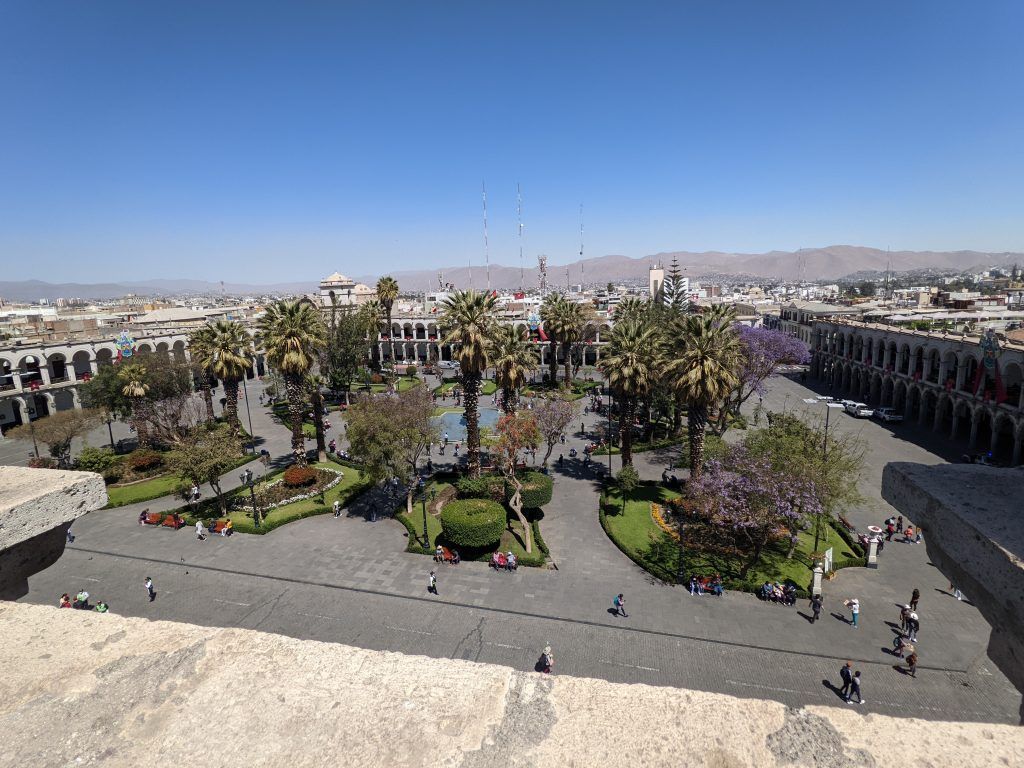
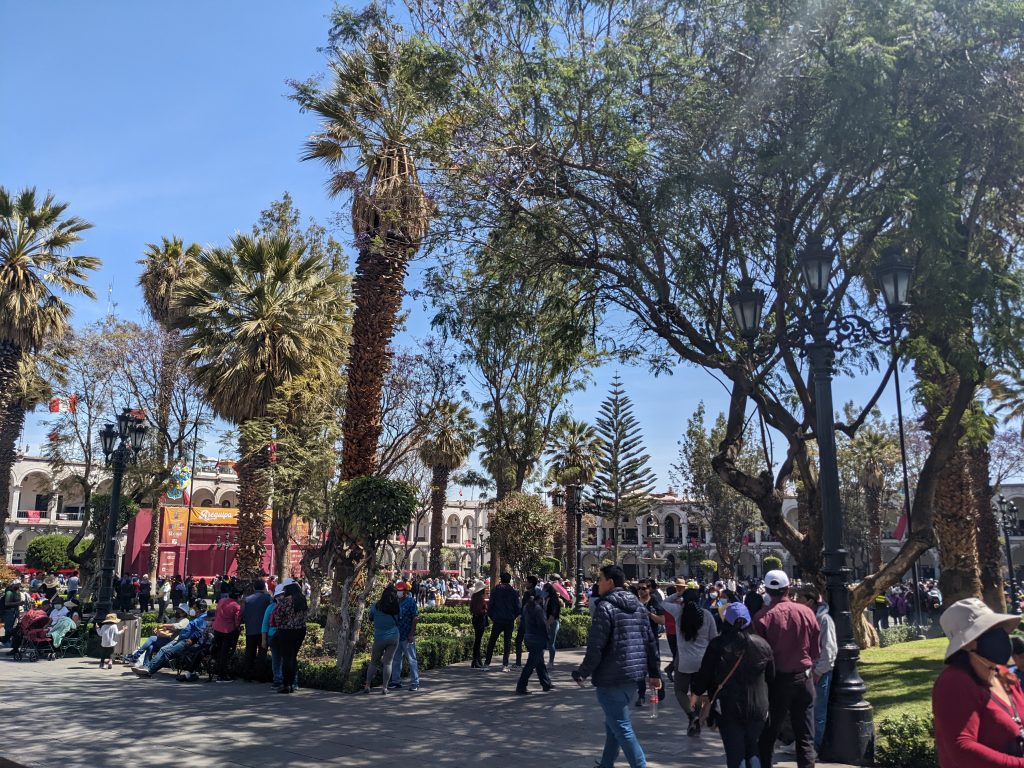
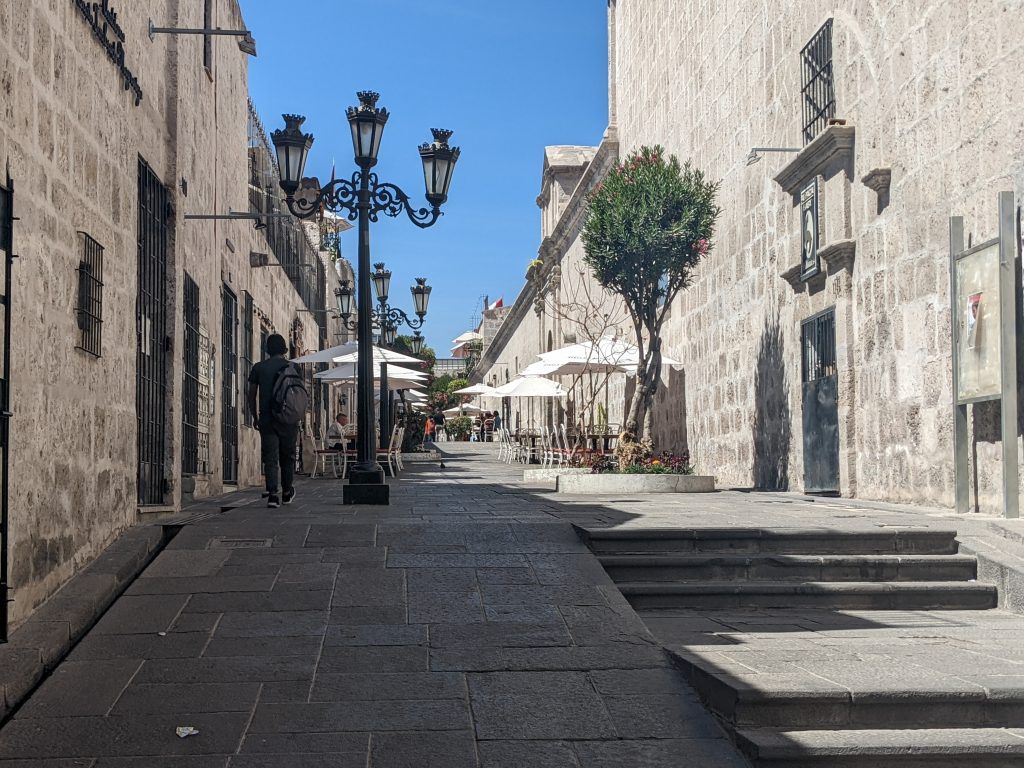
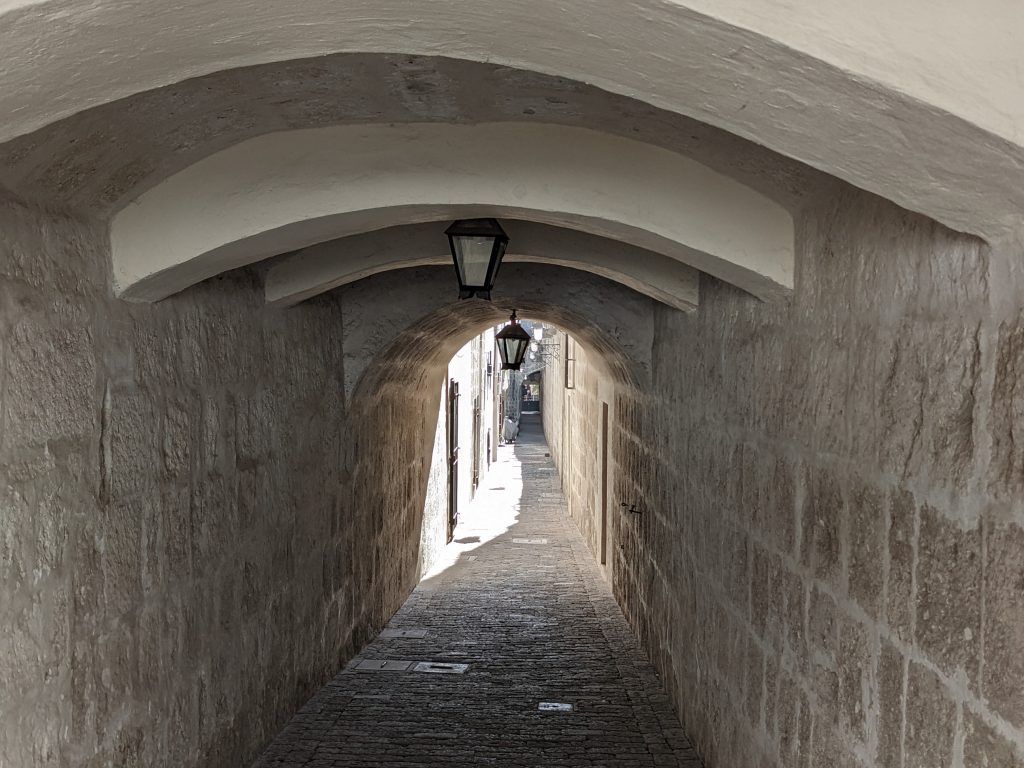
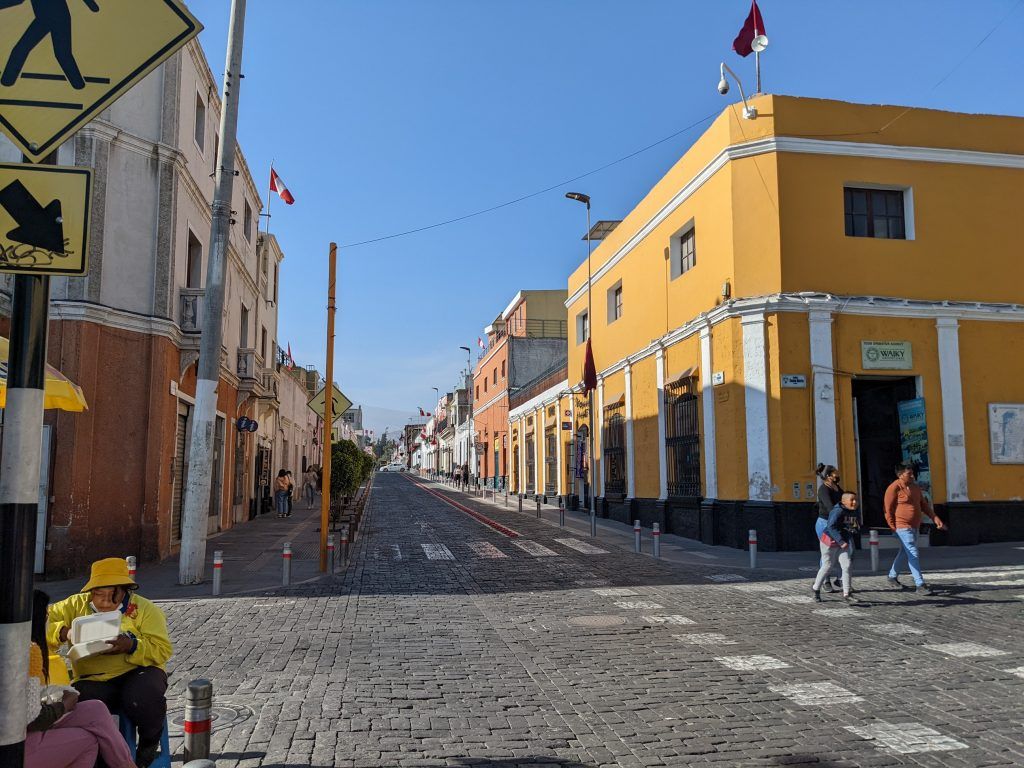
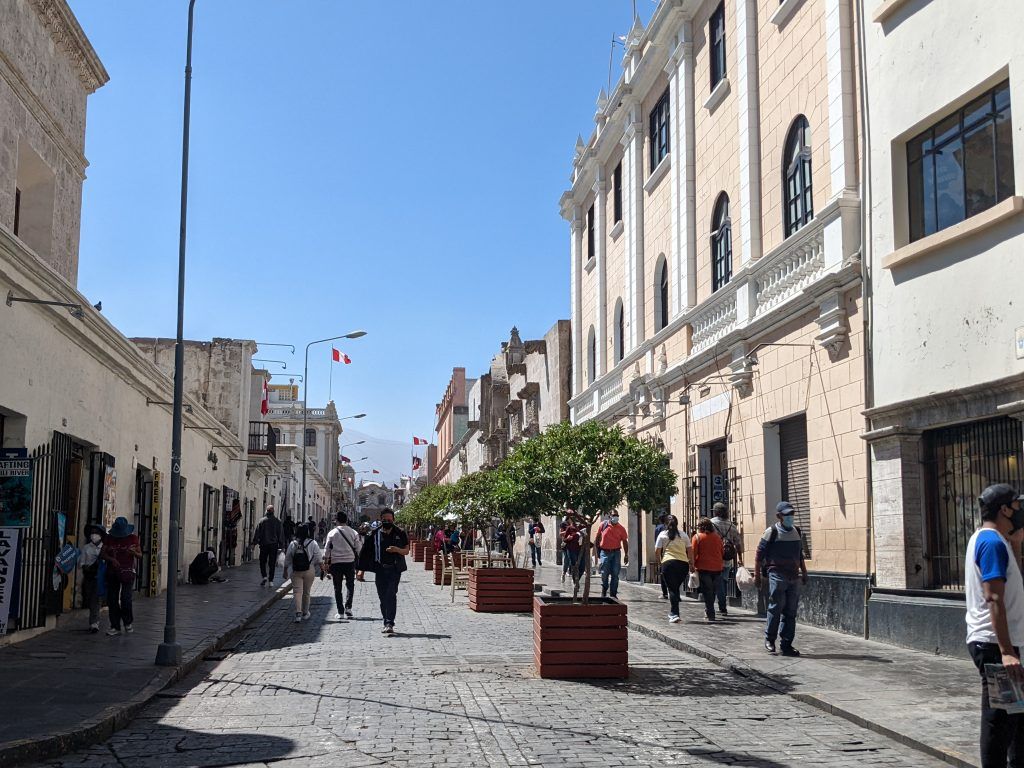
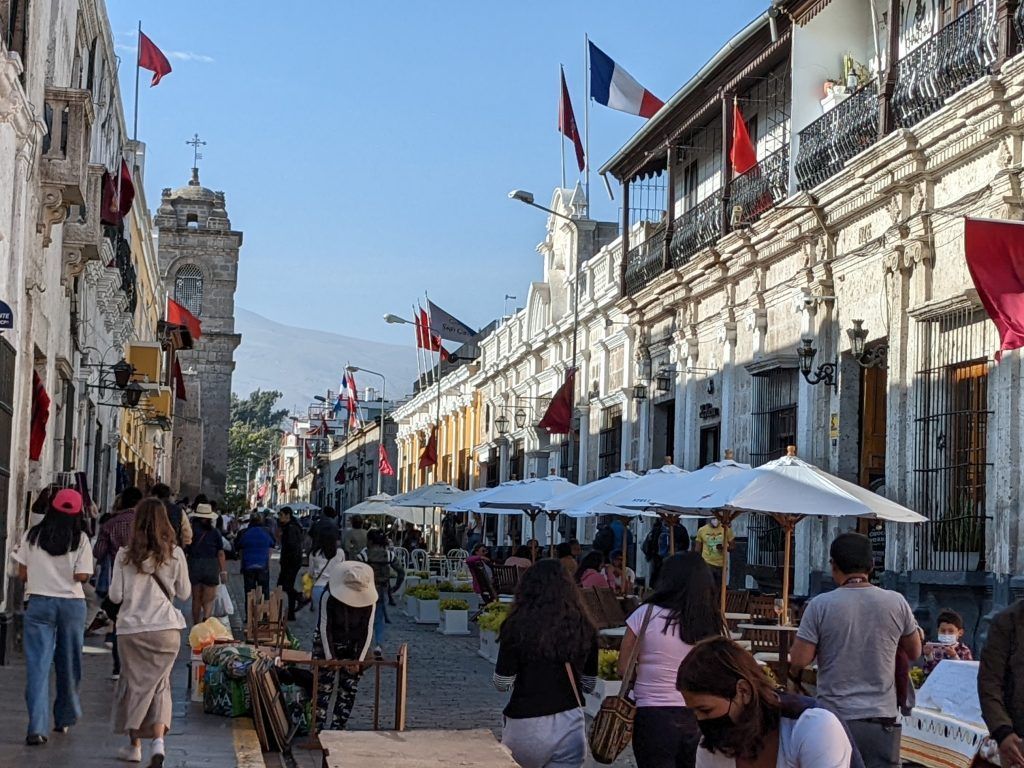
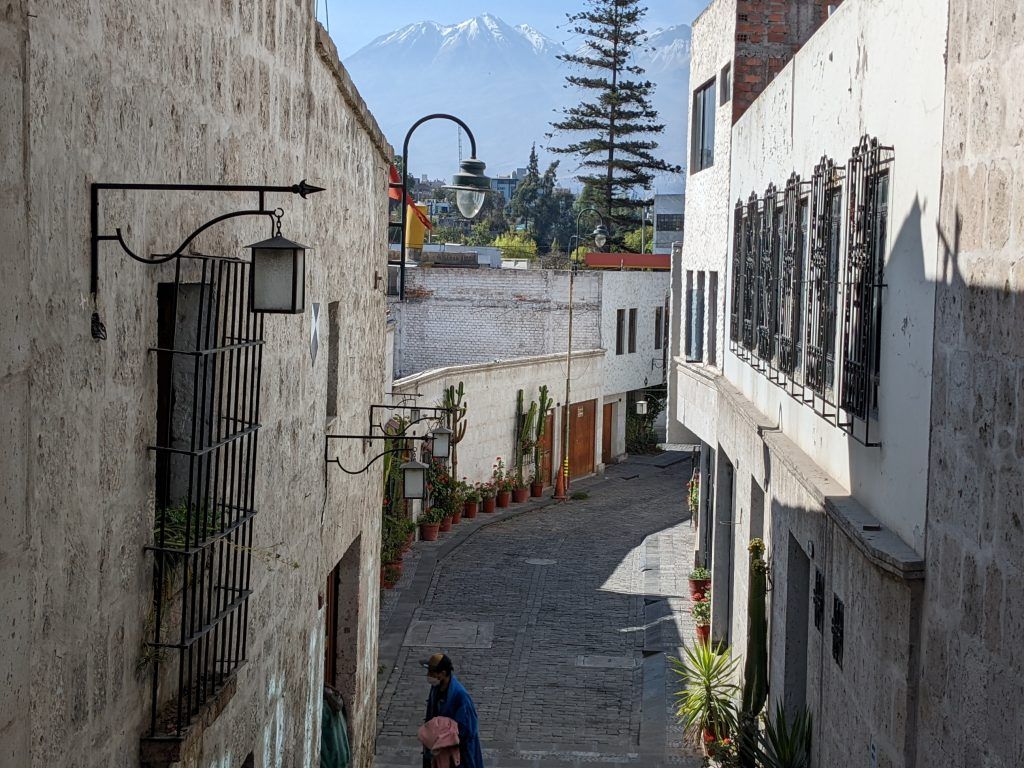
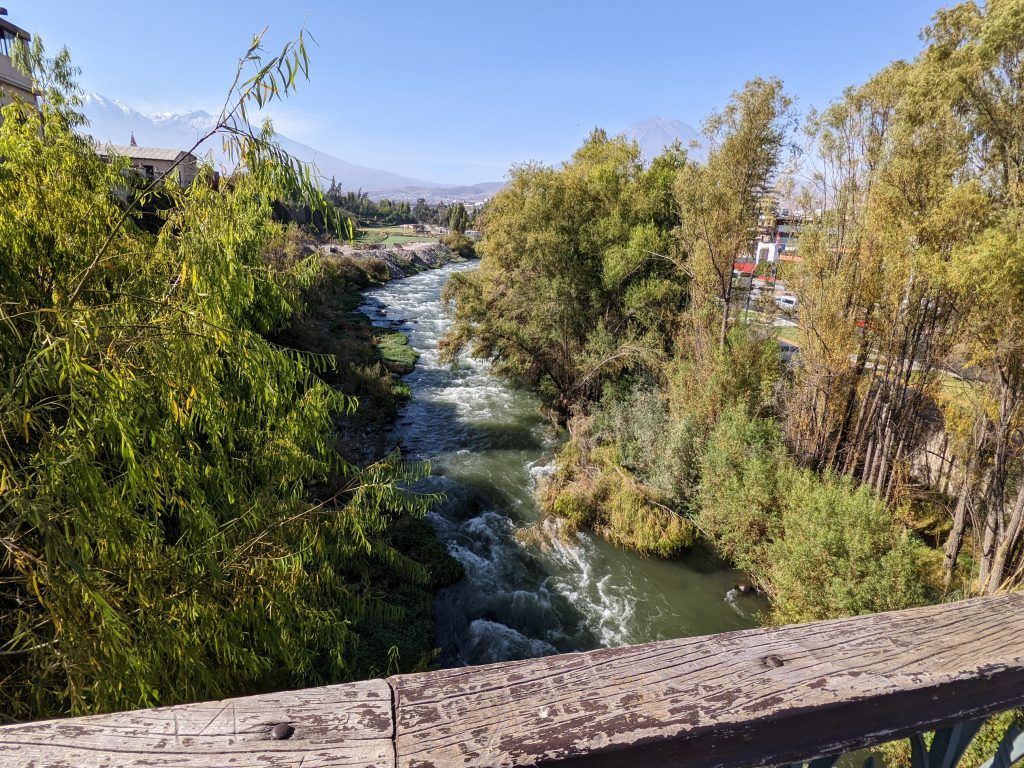
Arequipa is surrounded by three volcanos, two of which are pictured below.
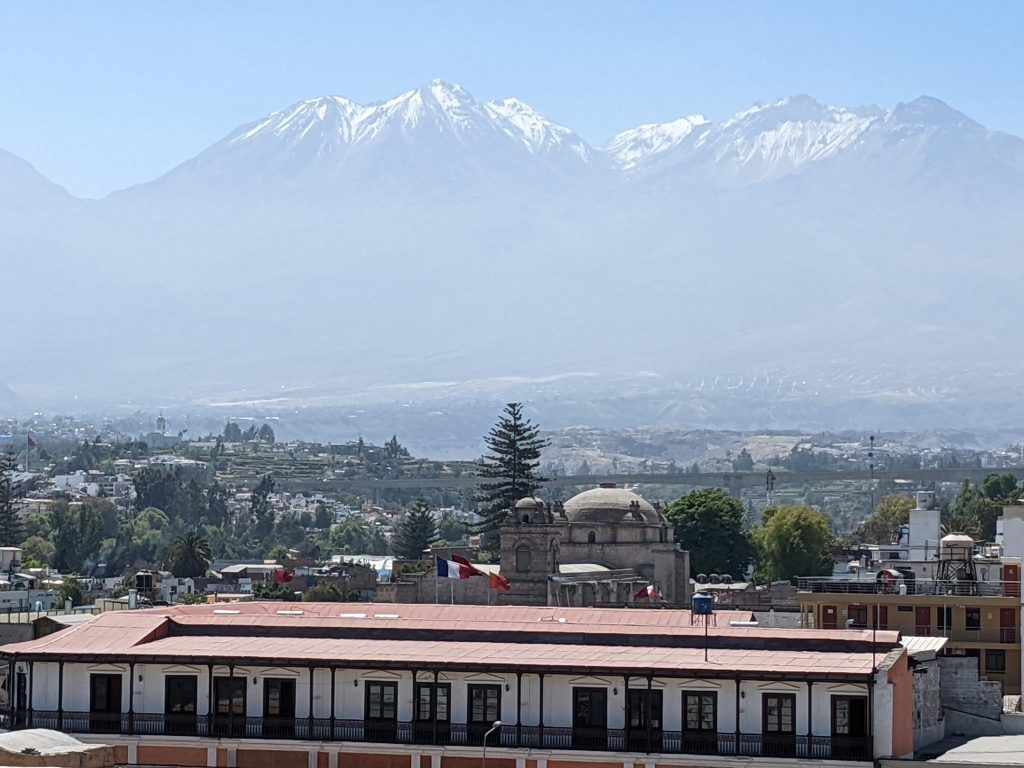
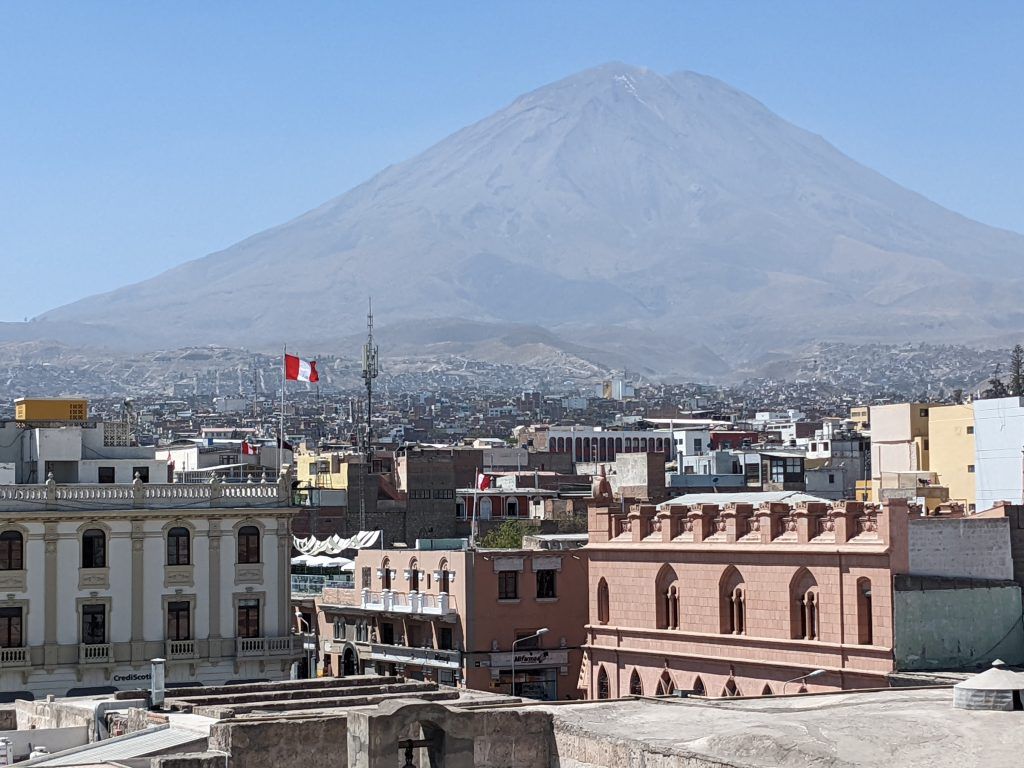
One of the most fascinating parts of Arequipa is the Convent of Santa Catalina de Siena. It was built in 1579 and is located in the historical center of the city. It served as a cloister for Dominican nuns from the sixteenth to the eighteenth centuries, and still houses a small religious community today. The complex, which stretches over 20,000 square meters, is built from volcanic sillar stone and is organized into cloisters, living quarters, a plaza, a gallery, and a chapel. At its height, the monastery housed approximately 450 people (about a third of them nuns and the rest servants) in a cloistered community. It was opened to the public in 1970 after almost 400 years of solitude. Walking through it is liking walking through a small city with actual street names on the sides of some of the walls.
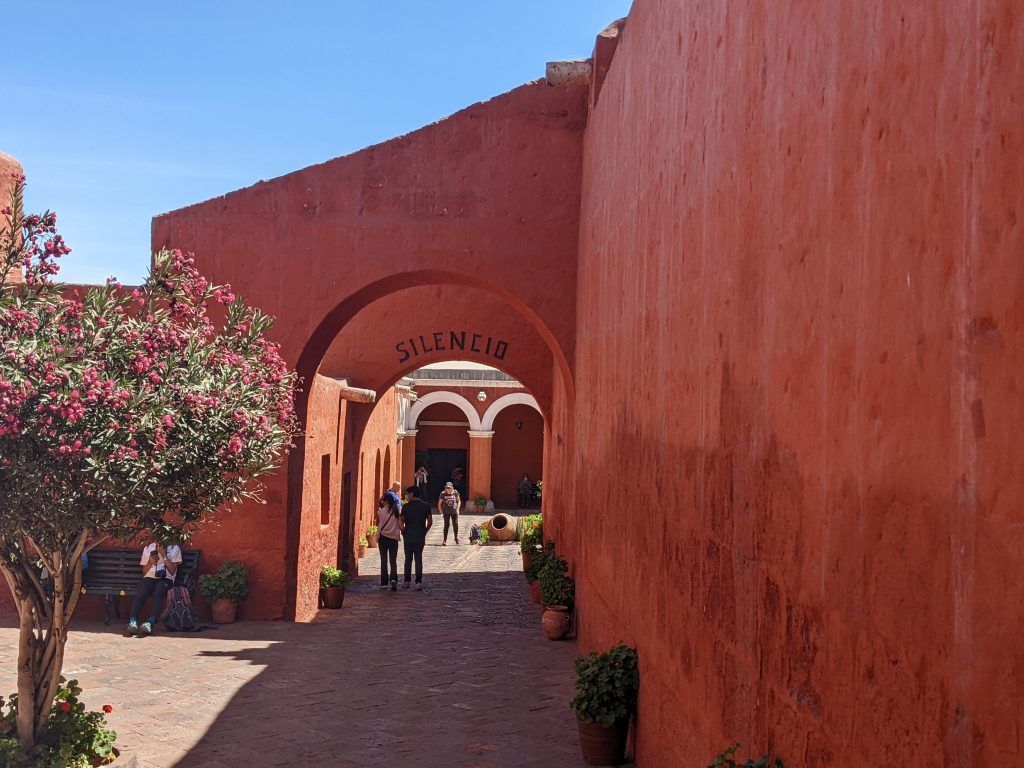
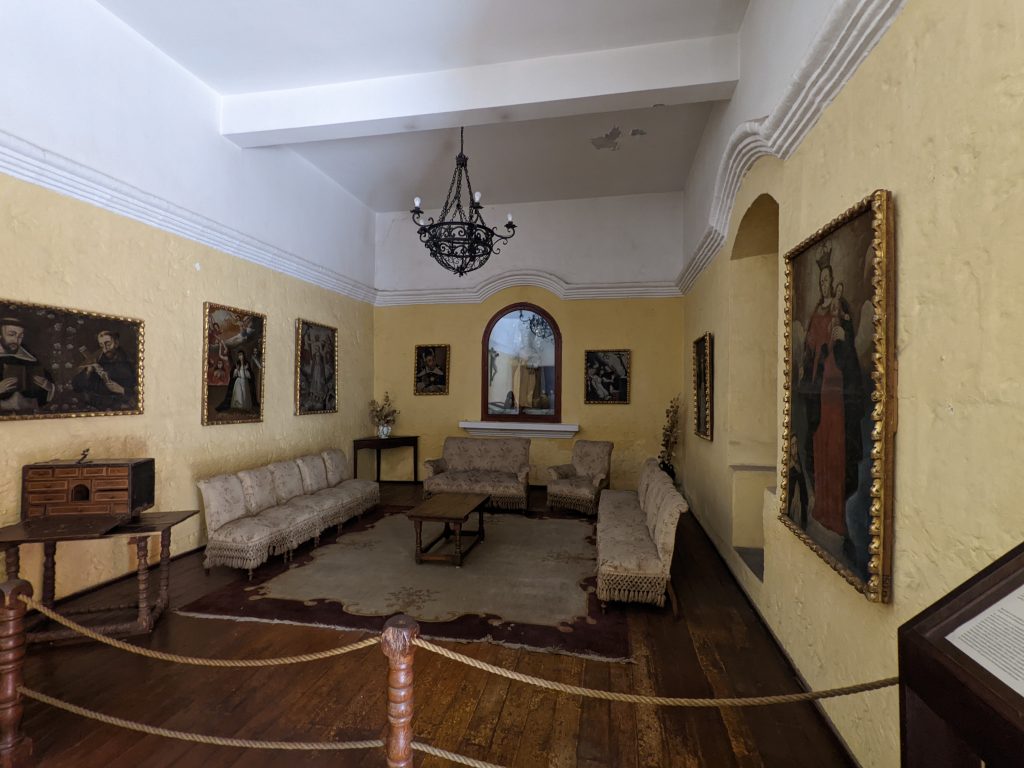
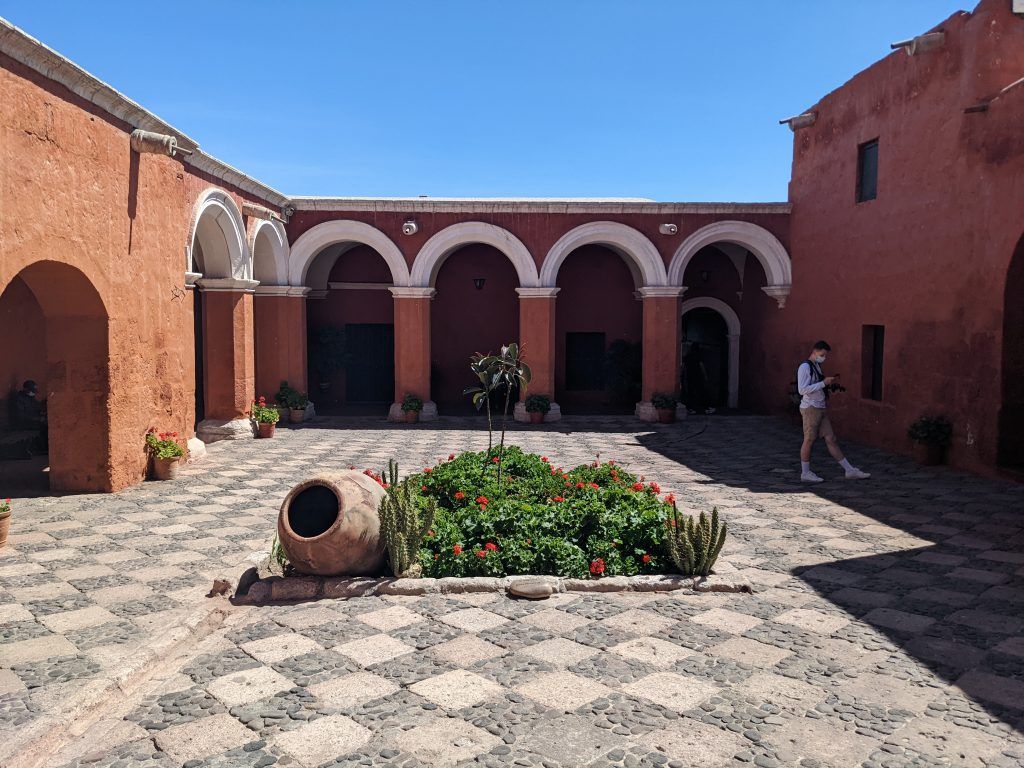
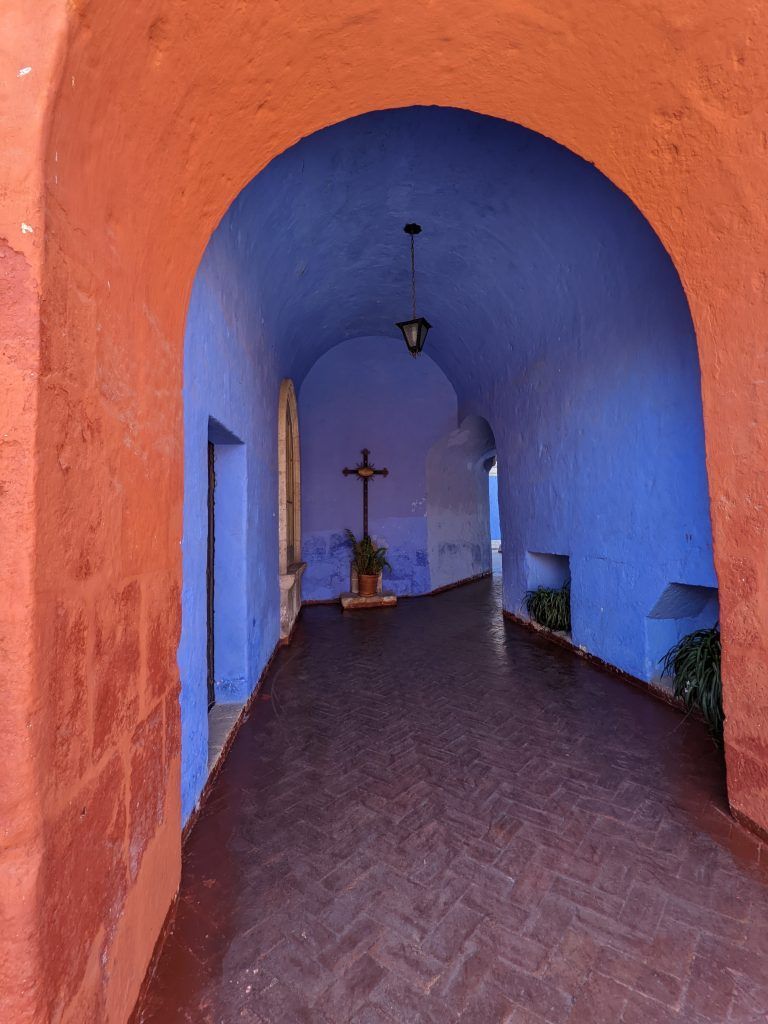
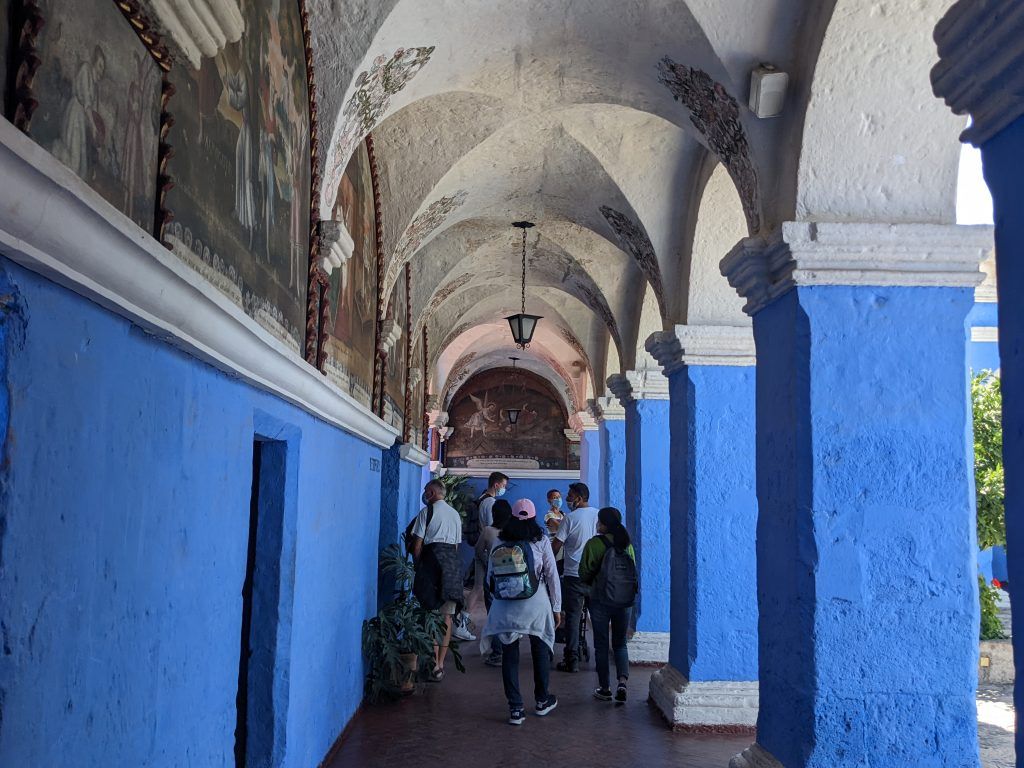
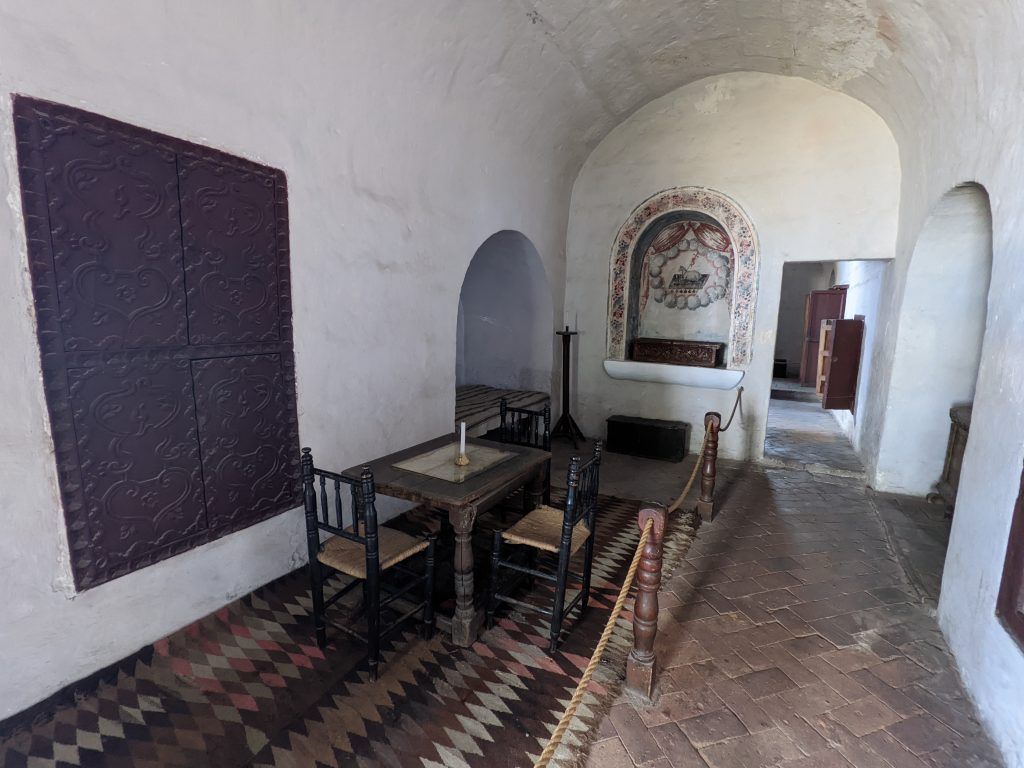
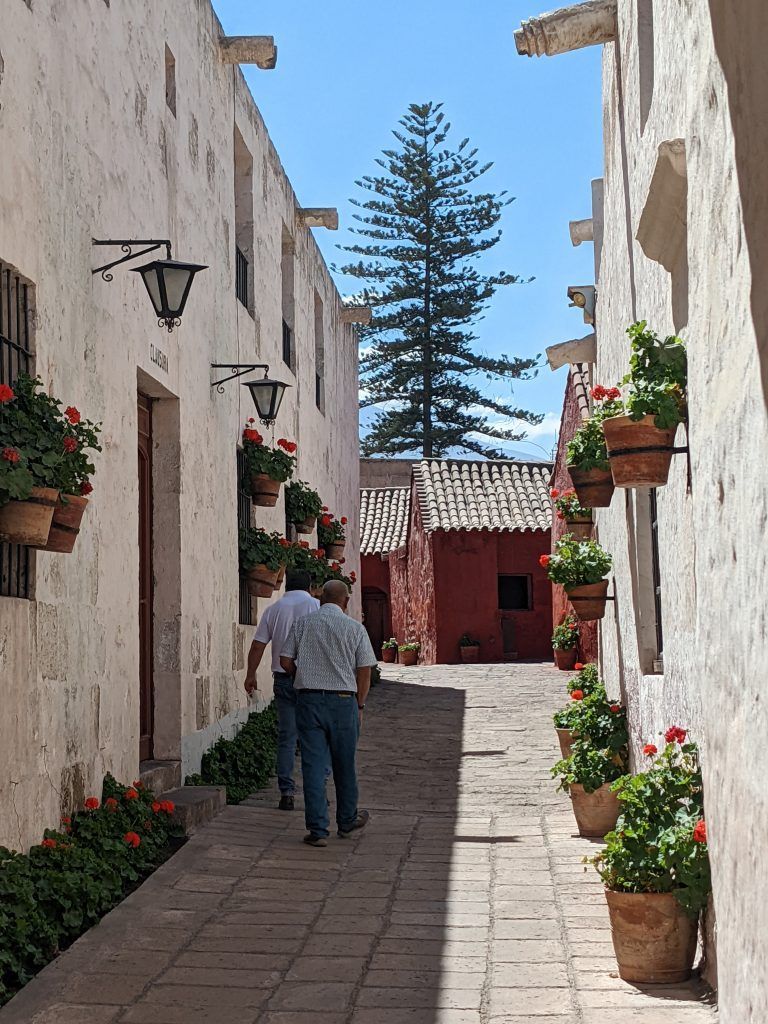
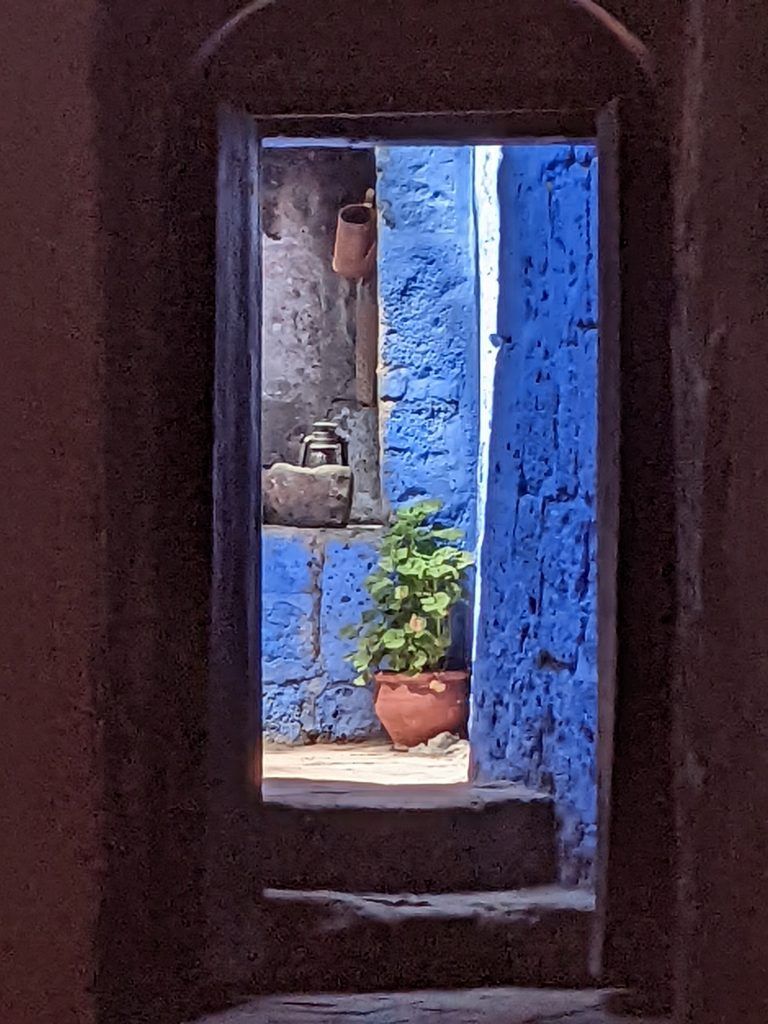
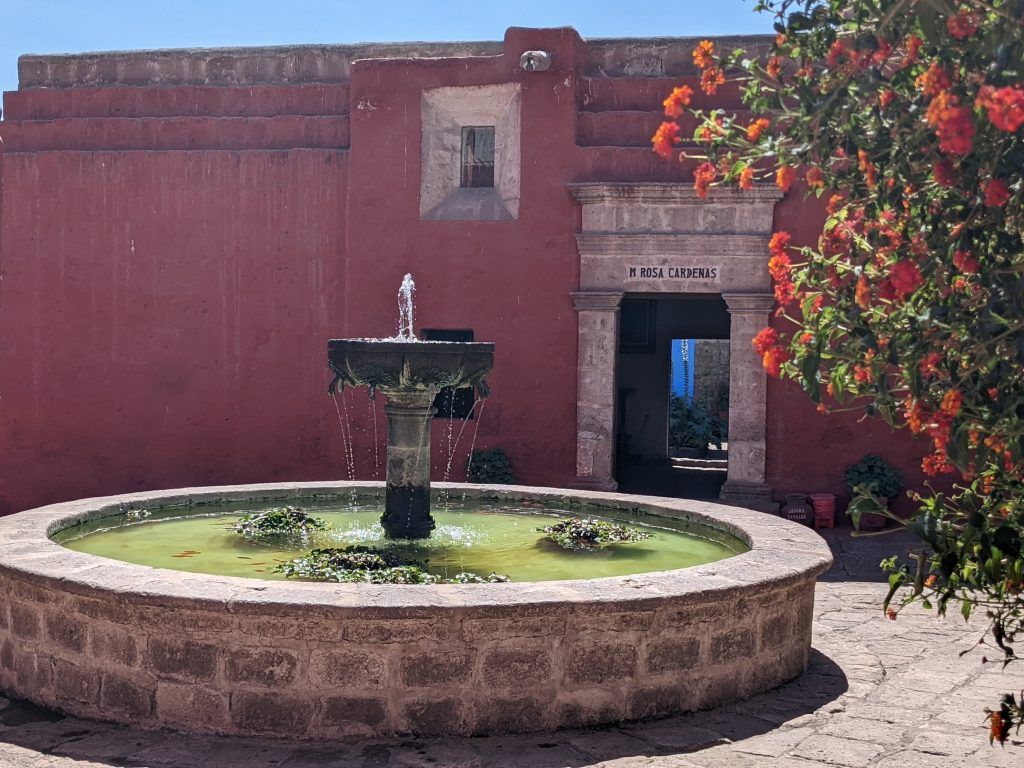
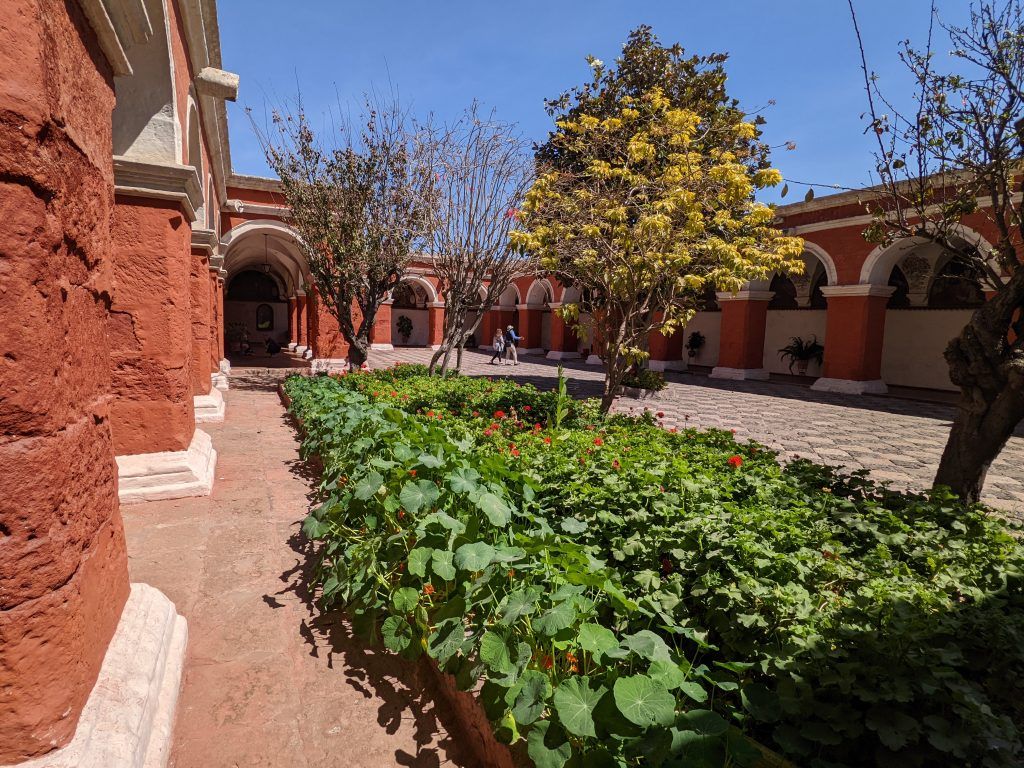
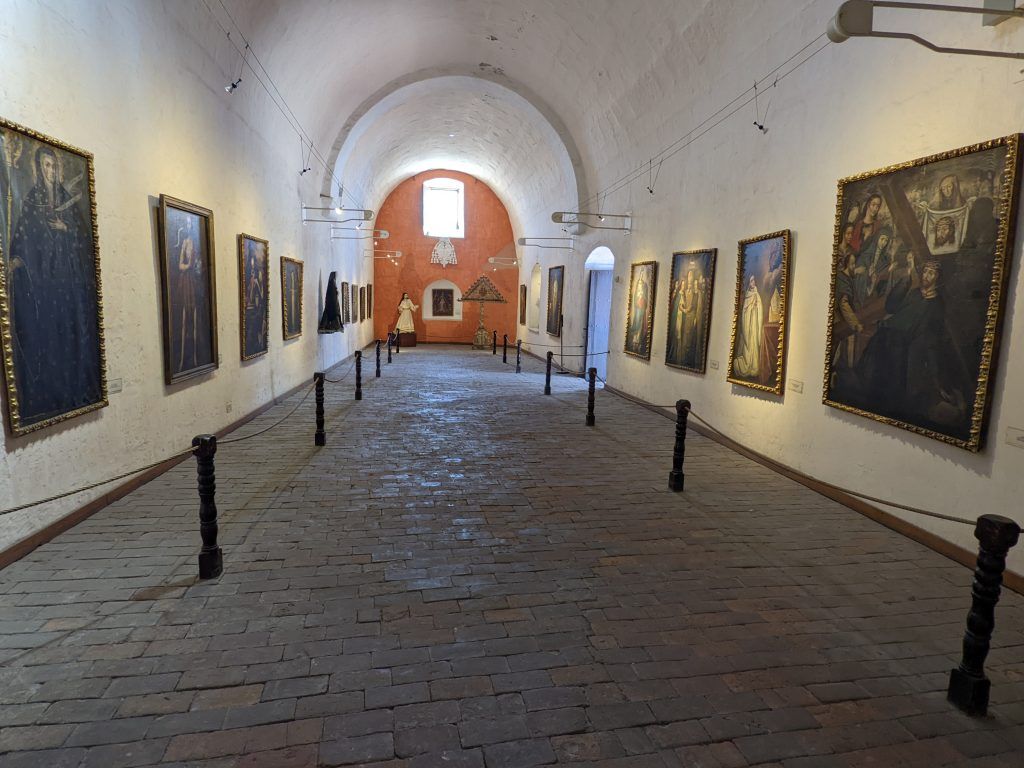
I had a really comfortable Airbnb just across the river from the historical center.
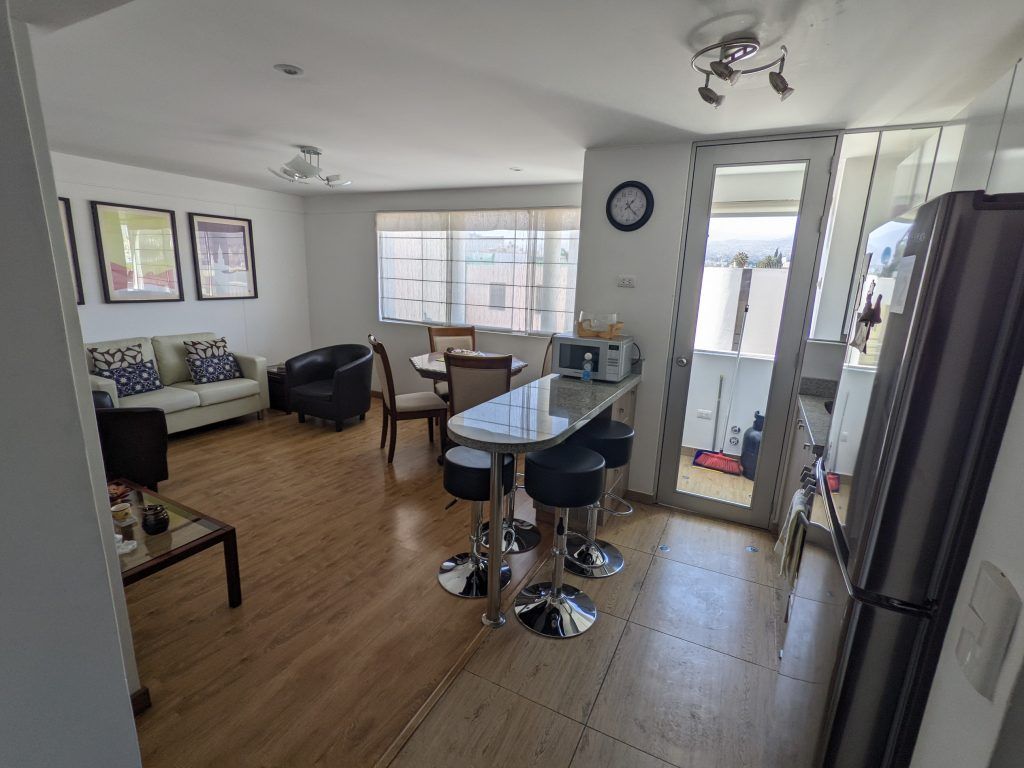
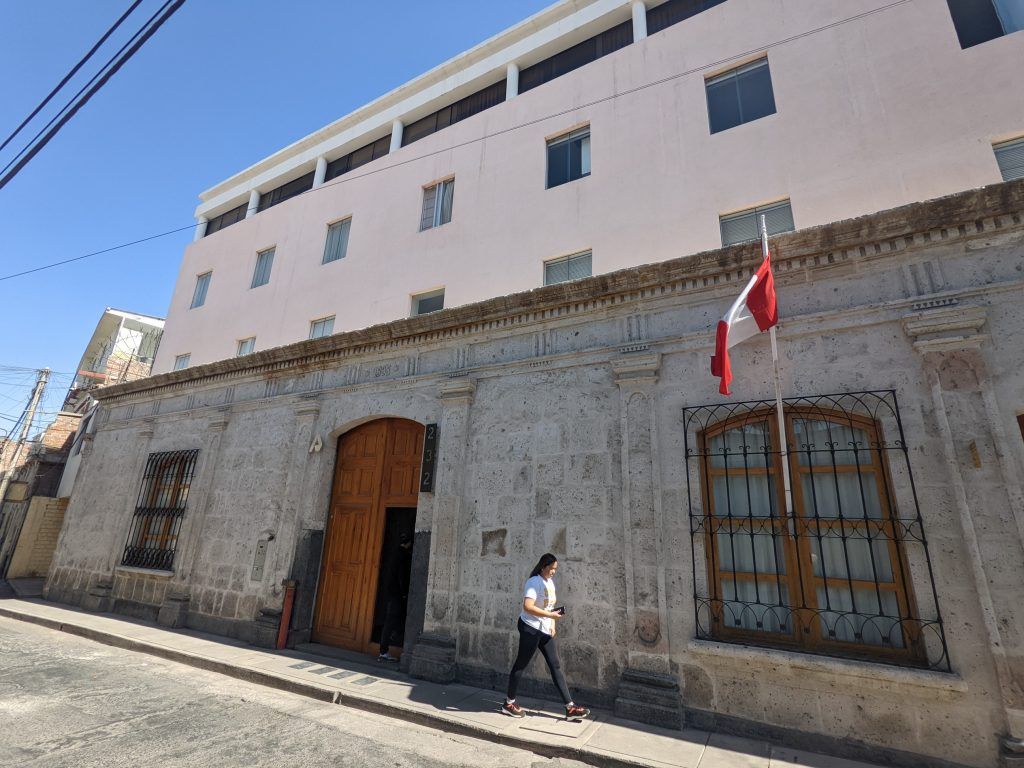
The views out my windows.
